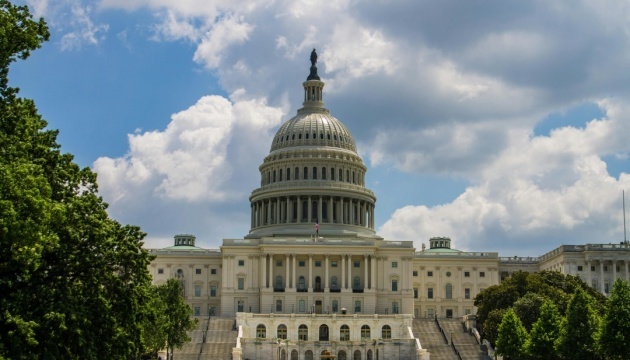War update: 77 combat clashes on frontline since morning, fighting ongoing in six sectors
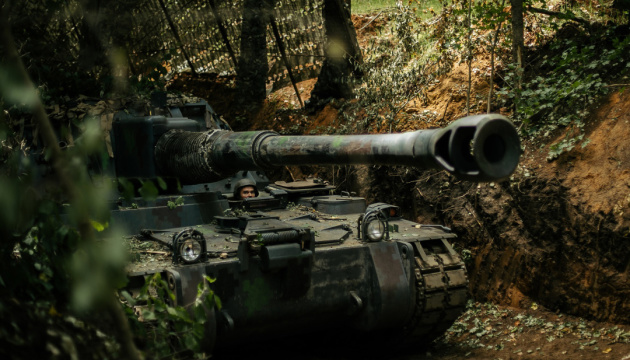

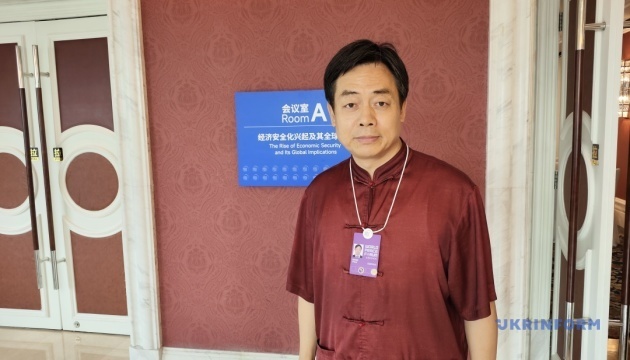

© Copyright 2018 The Associated Press. All rights reserved.

US military leaders are clear: aid to Ukraine does not harm America. But Defense Secretary Pete Hegseth once again says “no,” despite the facts, the pressure, and the law, NBC News reports.
Chaos in sky: Hegseth halts Ukraine’s weapons flights without Trump’s order
An analysis conducted by senior US military officers showed that the weapons package for Ukraine, but halted, did not pose a threat to American military capabilities. Nevertheless, Hegseth suspended the shipment, the media outlet writes, citing three US officials.
According to sources, the Pentagon chief’s decision has surprised the US State Department, members of Congress, Ukrainian officials, and European allies. It has been criticized by both Republicans and Democrats in the US.
Representative Adam Smith, a Democrat from the House Armed Services Committee, has stated that the Pentagon’s explanation for pausing the aid was disingenuous, saying the real reason appears to be simply to end US support for Ukraine.
“We are not at any lower point, stockpile-wise, than we’ve been in the 3½ years of the Ukraine conflict,” Smith says, adding that his staff “saw the numbers,” and there was no evidence of shortages that would justify halting the aid.
The sources said Hegseth was supported by Elbridge Colby, the Deputy Secretary of Defense for Policy. Colby has long advocated reducing American aid to Ukraine and shifting weapons and resources to the Pacific region to counter China.
Congressional aides said lawmakers from both parties have been frustrated that they had not been informed in advance and were reviewing whether the delay violated legislation requiring continued security assistance to Ukraine. The White House has defended the decision, stating it followed an ongoing Pentagon review of support to allies and partners.
The review began after Hegseth ordered the Pentagon Joint Staff to reassess stockpiles of all munitions. According to three officials, while some US precision munitions were at lower levels, the figures had not crossed critical thresholds.
Officials say the Joint Staff has concluded that further aid to Ukraine would not reduce US stockpiles below the levels required for military readiness.
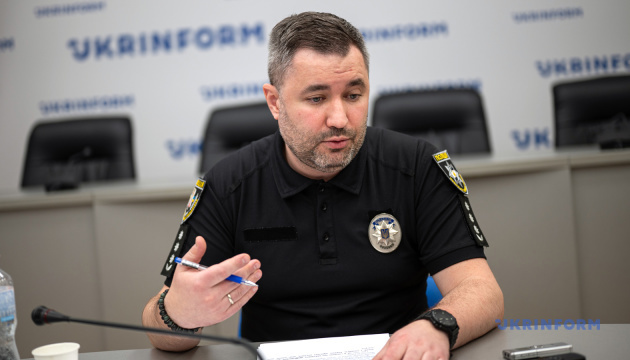
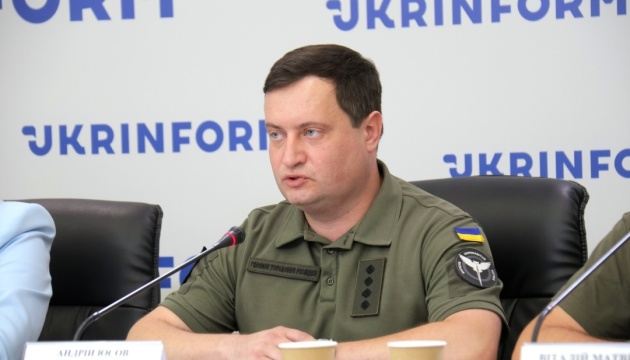

A Ukrainian attack on 4 July targeted a key Russian defense facility in the city of Azov, Rostov Oblast, about 200 km from the frontline. The Azov Optic-Mechanical Plant, which manufactures critical electronic components for Russian missiles and armored vehicles, was hit by multiple drones in a bold daylight assault. The extent of the damage is currently unknown.
According to Militarnyi, the attack occurred on the morning of 4 July when Ukrainian strike drones launched an assault on the Azov Optic-Mechanical Plant, part of Russia’s Tactical Missile Armament Corporation.
Social media footage showed fixed-wing UAVs diving toward the site, followed by explosions and visible smoke. One of the drones bore a delta-wing “Shahed-like” structure, suggesting the use of an unknown new UAV model.
The original Shaheds are Iranian-designed long-range explosive drones that Russia uses in its daily attacks on Ukrainian cities. They are easily recognizable by their rounded nose and triangular, delta-shaped wings.
Ukrainian Telegram channel Exilenova+ posted an image, showing a delta-wing drone with the caption:
“Rostov. Likely a new UAV from Ukraine’s Defense Forces.”
Later, the same channel shared videos capturing different UAV types, including a well-known Ukrainian drone and a delta-wing aircraft believed to be a new model.
“Azov was attacked by several types of birds,” Exilenova+ commented. “We see an FP-1 pass over, and then, probably, the strike of that same ‘new’ drone.”
Militarnyi noted that “Delta-wing drones are fairly common, but they are rarely used by those attacking the aggressor country. What specific model was used remains unknown at this time.”
Russian authorities initially claimed their air defense forces intercepted the drones. Russian Telegram channel Astra reported that at least ten UAVs or their debris “fell” on the factory grounds. The local emergency services confirmed the site was impacted on 4 July.
Yury Slyusar, acting governor of Rostov Oblast, stated that evacuation efforts were underway due to widespread damage from UAV debris, claiming that the attack damaged residential buildings. While initial reports suggested no injuries, Slyusar had also stated that one woman killed in the overnight attack.
The Russian Ministry of Defense claimed that air defenses downed 26 drones over Rostov Oblast overnight on 4 July. In Shakhty, a UAV strike allegedly caused a transformer substation to shut down, leaving around 2,000 homes — with more than 6,000 residents — without power. Buildings near the substation also suffered window damage.
The Azov Optic-Mechanical Plant is a core producer of high-precision electronics, optical, and thermal imaging equipment for Russia’s military. As detailed by Exilenova+, it manufactures lenses, prisms, radar homing heads, and control systems used in tanks, infantry fighting vehicles, naval systems, and aircraft.
Ukraine’s Center for Countering Disinformation, under the National Security and Defense Council, confirmed the strike. Its head, Andrii Kovalenko, emphasized that the plant produces “eyes” for Russian military hardware, including fire control systems and rangefinders. He stated,
“Despite a difficult night (a reference to Russia’s massive missile and drone attack on Kyiv, – Ed.), there is good news. In Russia, targets were hit in Moscow and Rostov oblasts. The Azov Optic-Mechanical Plant was struck.”
The facility has been under US sanctions since March 2022 due to its role in the Russian war effort. It is also sanctioned by Canada, Switzerland, the European Union, New Zealand, and Ukraine. The Ukrainian Defense Intelligence’s War & Sanctions project has identified foreign-origin components at the site, including machinery from Taiwan, South Korea, and Switzerland.

Ukraine will establish defense plants in Denmark. Ukraine’s Minister for Strategic Industries, Herman Smetanin, and Denmark’s Minister for Industry, Morten Bødskov, have signed an agreement on cooperation.
Herman Smetanin recalls that a year ago, Denmark was the first to begin financing weapons production by Ukrainian companies.
Today, it has become the first country where Ukraine exports its own defense technologies for production, scaling, and delivery to the Ukrainian military.
“This is a unique case of international cooperation for the Ukrainian defense industry. I am extremely grateful to Denmark for such significant support of Ukraine’s defense sector,” the minister states.
He adds that Ukraine will make every effort to strengthen Denmark’s and its partners’ defense capabilities.
In 2024, Ukraine and Denmark introduced a new mechanism for funding arms procurement for the Armed Forces of Ukraine. This mechanism was named the “Danish model.”
It is a system of military assistance to Ukraine that involves direct financing and procurement of weapons from Ukrainian defense companies. This approach supports Ukraine’s defense industrial base, helping to equip Kyiv troops with NATO-standard technology.
The first project under the Danish model was the procurement of 155mm 2S22 Bohdana self-propelled howitzers with full-cycle financing, from production to crew training and technical support. In 2025, defense support under this model will scale up to over €1.3 billion, part of which comes from frozen Russian assets. The funds will go toward the production of artillery, attack drones, missiles, and anti-tank systems.
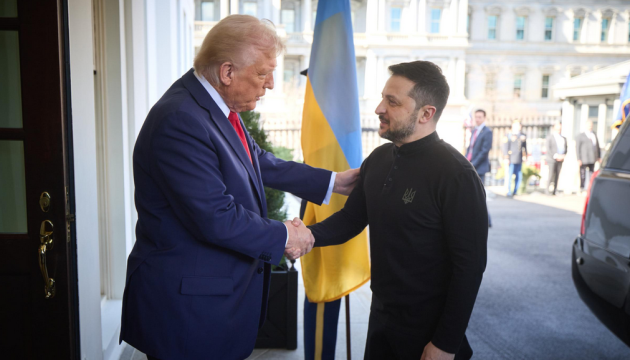
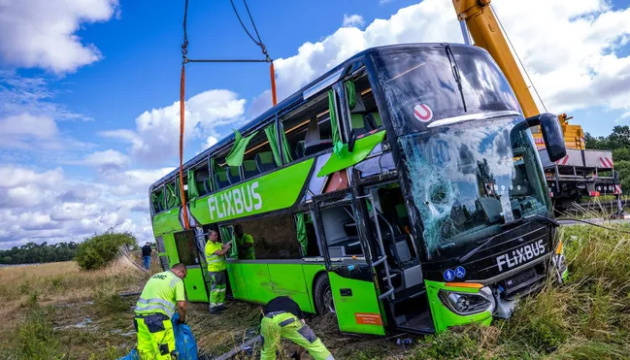
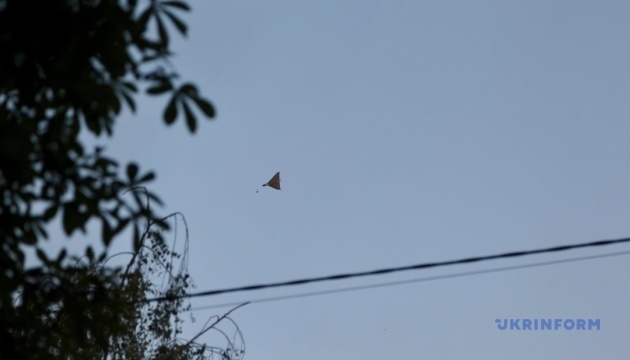
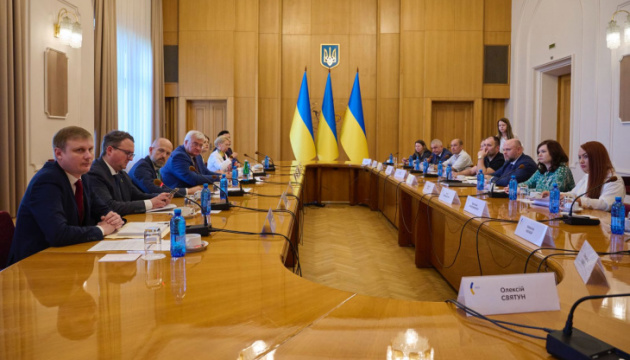
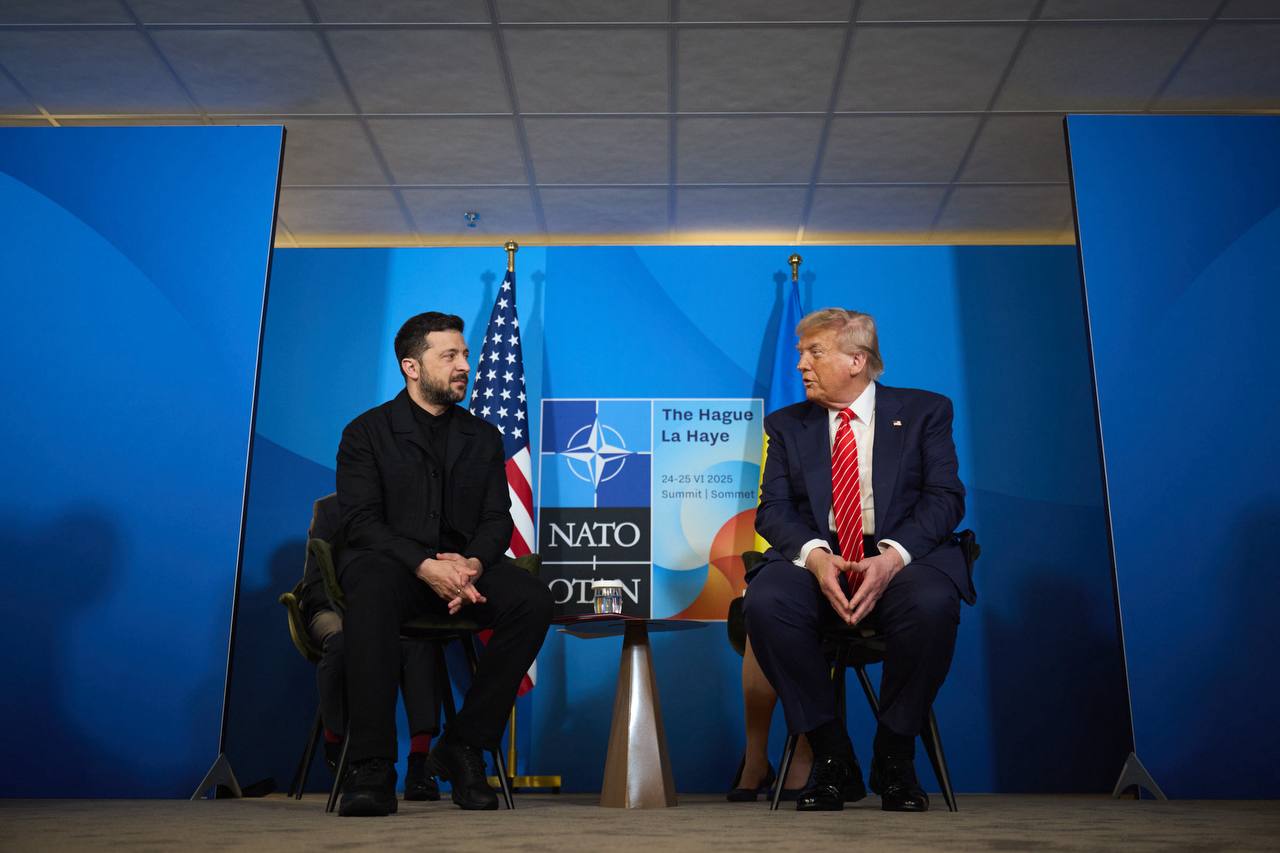
President Volodymyr Zelensky and U.S. President Donald Trump held a phone conversation on July 4, agreeing to strengthen Ukraine's air defenses, Zelensky announced on Telegram.
The call came as Russia escalated its aerial campaign across Ukraine, including an overnight July 4 attack that struck Kyiv and several other regions, injuring at least 23 civilians and sparking dozens of fires in the capital.
"Today we discussed the situation: Russian air strikes and, more broadly, the situation on the front lines. President Trump is very well informed," Zelensky said.
"We discussed air defense options and agreed to work on increasing airspace protection. We agreed on a meeting between our teams."
Zelensky said the two leaders also discussed Ukraine's defense industry potential and explored possibilities for direct cooperation with U.S. partners.
"We are ready for direct projects with America and believe that this is extremely necessary for security, especially with regard to drones and related technologies," he added.
This conversation followed a phone call between Trump and Russian President Vladimir Putin on July 3, during which the Kremlin said Putin reaffirmed that "Russia will continue to pursue its goals" in its war against Ukraine despite U.S. calls for a ceasefire.
Trump told reporters on July 3 that he was "very disappointed" by the conversation with Putin.
"I don't think he's there... I don't think he's looking to stop this fighting."
The call also followed the U.S. Defense Department's decision to pause shipments of key weapons systems to Ukraine, including Patriot missiles and precision-guided artillery rounds. Kyiv has warned that the delay threatens to weaken its air defenses and emboldens Moscow.
Despite repeated expressions of frustration about Russia's continued aggression, Trump's administration has yet to impose new sanctions or approve additional aid for Ukraine since taking office in January.
While Russia and Ukraine resumed direct talks in Istanbul this year, the two rounds of negotiations — on May 16 and June 2 — have yielded only prisoner exchanges and no progress toward a ceasefire.
 The Kyiv IndependentAnna Fratsyvir
The Kyiv IndependentAnna Fratsyvir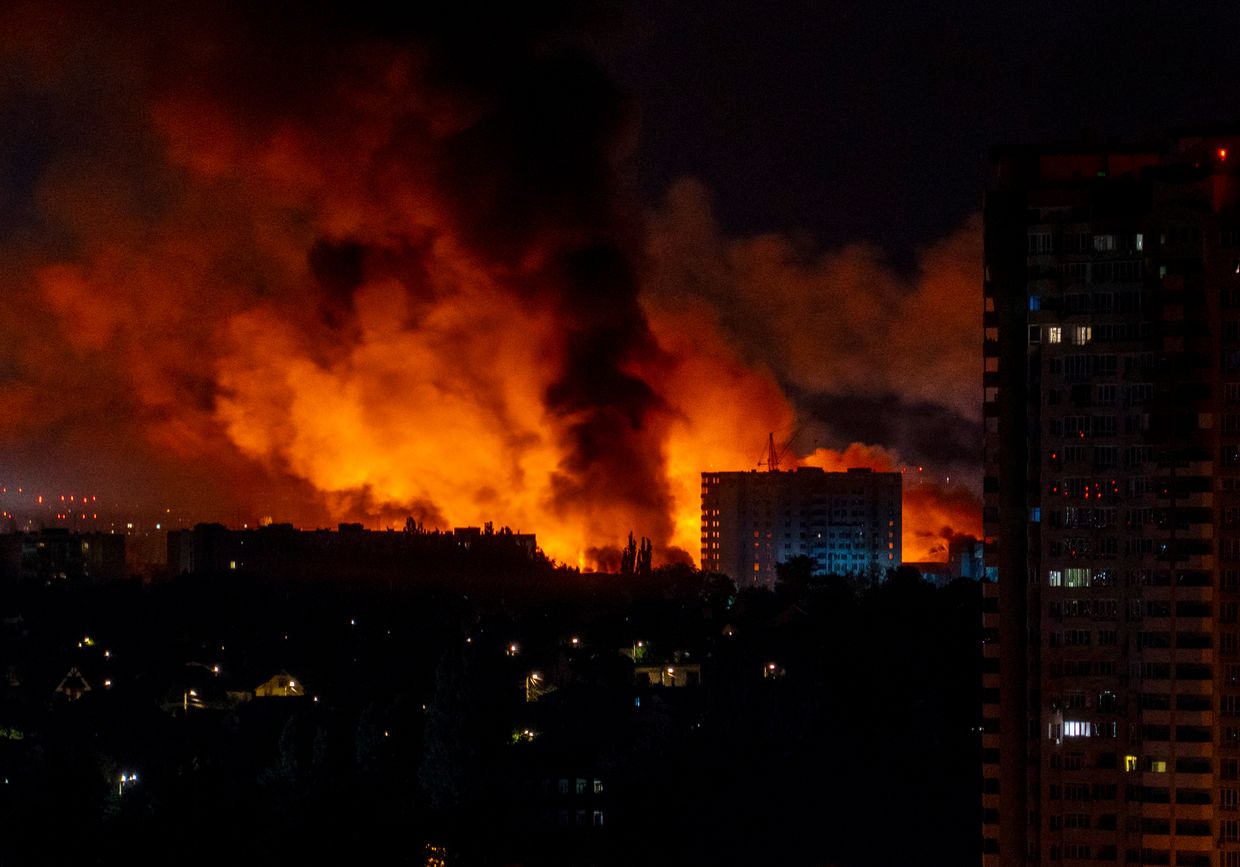
Kyiv was targeted with waves of drone and missile attacks overnight into Friday in the largest aerial assault since Russia’s full-scale invasion of Ukraine began more than three years ago, officials said, amid a renewed Russian push to capture more of its neighbor’s land.

© Copyright 2025 The Associated Press. All rights reserved.

Czech counterintelligence will investigate domestic companies allegedly involved in exporting machinery to Russia for weapons manufacturing. The Czech Security Information Service (BIS) says it will act once official information is provided, according to iRozhlas.
On 21 June, Zelenskyy told reporters that Russia continues receiving machine tools from foreign companies, including eight based in the Czech Republic. He said these tools are used for weapons manufacturing. Though he withheld specific names, Zelenskyy stated he knows the companies involved and urged sanctions against them.
BIS spokesperson Ladislav Šticha told iRozhlas that Czech authorities have yet to receive any official list of the companies Zelenskyy mentioned.
“It is therefore very difficult to comment on which companies and goods are involved,” Šticha stated.

According to him, hundreds of companies are attempting to export to Russia. Šticha added that many of the now-embargoed items were exported before Russia’s full-scale invasion of Ukraine in 2022, when such trade was still legal.
BIS believes it is “almost certain” none of the cases involve direct exports from the Czech Republic to Russia, as such transfers require a license and could not legally cross borders otherwise.
Šticha suggested that it could be goods delivered legally before 2022 or re-exported via other countries. In some cases, companies may have sold products to “safe” nations, including EU members, not realizing they would be reexported to Russia.
“Firms often argue they were unaware of subsequent resales, and it’s very difficult to prove otherwise,” Šticha noted.
Recently, Ukrainska Pravda reported that the Czech company Leseft International s.r.o., located in Ostrava, may have been involved in delivering components used in Russian rockets. Šticha declined to comment directly but confirmed:
“This company is not unknown to us.”
According to Šticha, BIS handles dozens of cases annually where companies attempt to bypass sanctions by routing embargoed items through complex export networks. The agency cooperates with other state institutions and foreign partners to intercept such attempts.
Šticha stressed that the number of state experts is too small compared to the volume of companies attempting to skirt sanctions.
Last week, Czech Foreign Minister Jan Lipavský stated that based on Ukrainian-provided information, Czech authorities have found no indicators confirming the transfer of dual-use items to Russia.

The Security Service of Ukraine has found Chinese-made components in the debris of Iranian Shahed drones used by Russia to strike Kyiv.
Although China publicly maintains a neutral stance on the Russo-Ukrainian war, it has sustained close economic ties with Russia and, according to Ukraine’s Foreign Intelligence Service, has been supplying components for Russian ammunition and drone production. By early 2025, 80% of the electronics in Russian drones were reportedly sourced from China. Beijing has dismissed these claims as baseless accusations.
According to an official statement, the Russian-modified Shaheds contained launch parts marked with the name of Suzhou Ecod Precision Manufacturing Co., Ltd. These drones were used in an overnight attack on Kyiv on 4 July.
“These components, specifically catapult launch mounts, were recovered from the drones that Russian forces used to attack the capital,” the SBU stated, releasing photographic evidence.
A criminal case has been opened, with the strike on Kyiv classified as a war crime.

Foreign Minister Andrii Sybiha has pointed to the symbolic irony: “We found a component of the Shahed-136/Geran-2 in Kyiv, manufactured in China and delivered quite recently, while just the day before, the Russian strike damaged the building of China’s Consulate General in Odesa.”
To the minister, this illustrates how Putin has drawn third countries into his war.
“North Korean troops, Iranian weapons, Chinese manufacturers — this is what Ukraine is fighting against,” said Sybiha.
The Ukrainian foreign minister has emphasized that global security is interconnected: “Security in Europe, the Middle East, and the Indo-Pacific region is inseparable. This is not a competition for attention.”
He has called on the US and the international community to increase pressure not only on the Kremlin but also on all those supporting its war.

Russia just became the first nation to formally recognize the Taliban government in Afghanistan—nearly four years after the group seized power again.
The recognition came as Russia accepted credentials from Afghanistan’s new ambassador, a move that the Russian Foreign Ministry stated would “give impetus to the development of productive bilateral cooperation between our countries in various fields.”
“We value this courageous step taken by Russia, and, God willing, it will serve as an example for others as well,” said Afghanistan’s Foreign Minister Amir Khan Muttaqi.
آقای دیمیتری ژیرنوف، سفیر فدراسیون روسیه با مولوی امیرخان متقی وزیر امور خارجهٔ ا.ا.ا. ملاقات نمود.
— Ministry of Foreign Affairs – Afghanistan (@MoFA_Afg) July 3, 2025
درین نشست سفیر روسیه تصمیم حکومت روسیه مبنی بر بهرسمیت شناختن امارت اسلامی افغانستان از سوی فدراسیون روسیه را رسماً ابلاغ نمود.
آقای سفیر به اهمیت این تصمیم اشاره نمود pic.twitter.com/CxiP9q0ops
The Russian Foreign Ministry outlined concrete benefits: cooperation in security, counter-terrorism, and combating drug crime. More importantly, Moscow sees “significant trade and economic opportunities” in energy, transport, agriculture, and infrastructure.

This isn’t sudden diplomacy. Russia has been quietly building economic ties with the Taliban for years. Since 2022, Afghanistan has imported gas, oil, and wheat from Russia.
Russia’s approach required reversing its previous position, as the Taliban had been designated a terrorist movement in Russia since 2003 until the ban was lifted in April this year.
Several nations have already moved partway. China, the United Arab Emirates, Uzbekistan, and Pakistan appointed ambassadors to Kabul—steps toward recognition without full diplomatic acknowledgment, according to Reuters.
But Western governments remain firmly opposed. Their position centers on one issue: women’s rights. The Taliban has banned girls and women from high schools and universities. Women cannot move freely without male guardians. Western diplomats say broader recognition won’t happen until these policies change.
The Taliban justifies these restrictions under its interpretation of Islamic law. That creates a fundamental standoff with Western expectations.
The decision also comes as Russia faces security challenges from militant groups operating across the region. President Vladimir Putin described the Taliban last year as an ally in fighting terrorism, a characterization that gained relevance following the March 2024 attack on a Moscow concert hall that killed 149 people, which US officials attributed to the Afghan branch of Islamic State.
Russia’s recognition carries particular weight given Moscow’s bloody history in Afghanistan. Soviet forces invaded in 1979, fought for a decade against the Mujahideen insurgents, and withdrew in 1989 after losing approximately 15,000 soldiers. Putin is now embracing the group that emerged from that conflict’s aftermath.
Meanwhile, the US has frozen billions in Afghanistan’s central bank assets and maintains sanctions on Taliban leaders. Russia’s move could encourage other countries to break ranks, potentially undermining the Western isolation strategy.
For the Taliban, this represents their biggest diplomatic victory since taking power. They’ve broken the wall of non-recognition that has defined their international status for nearly four years.
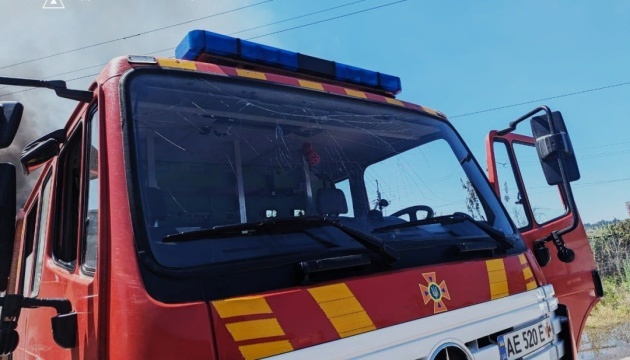
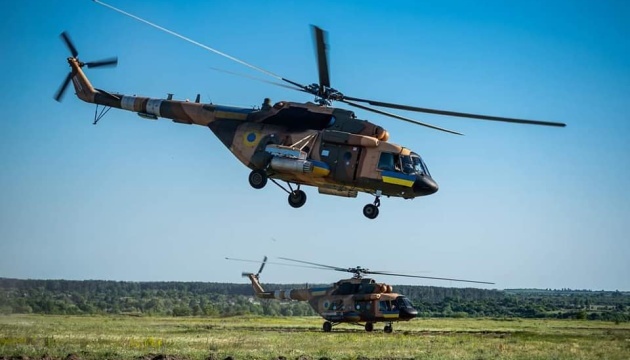
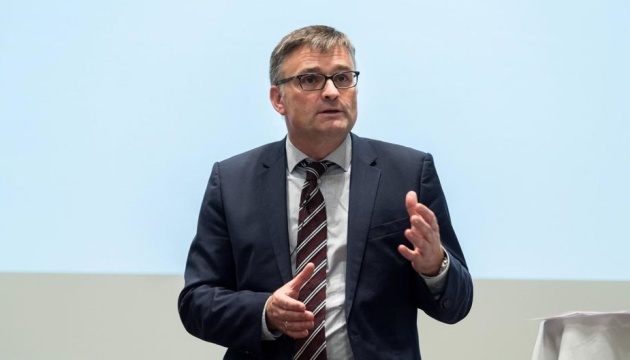
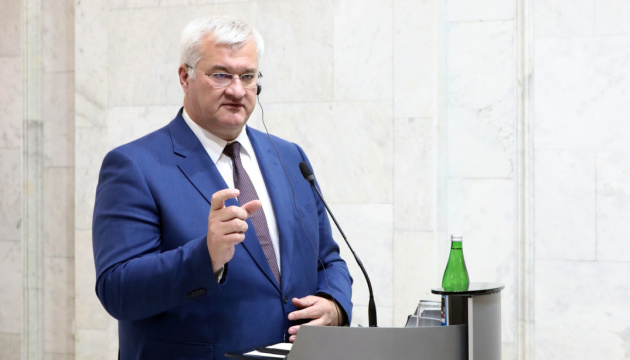
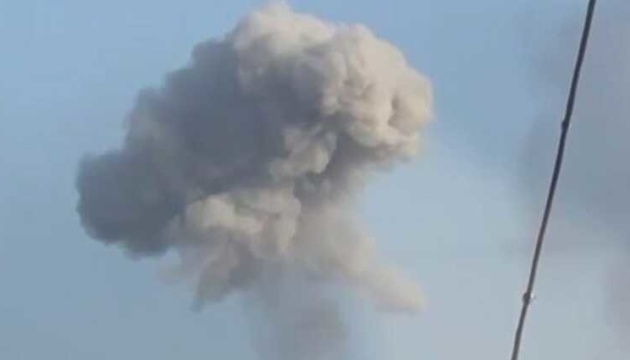
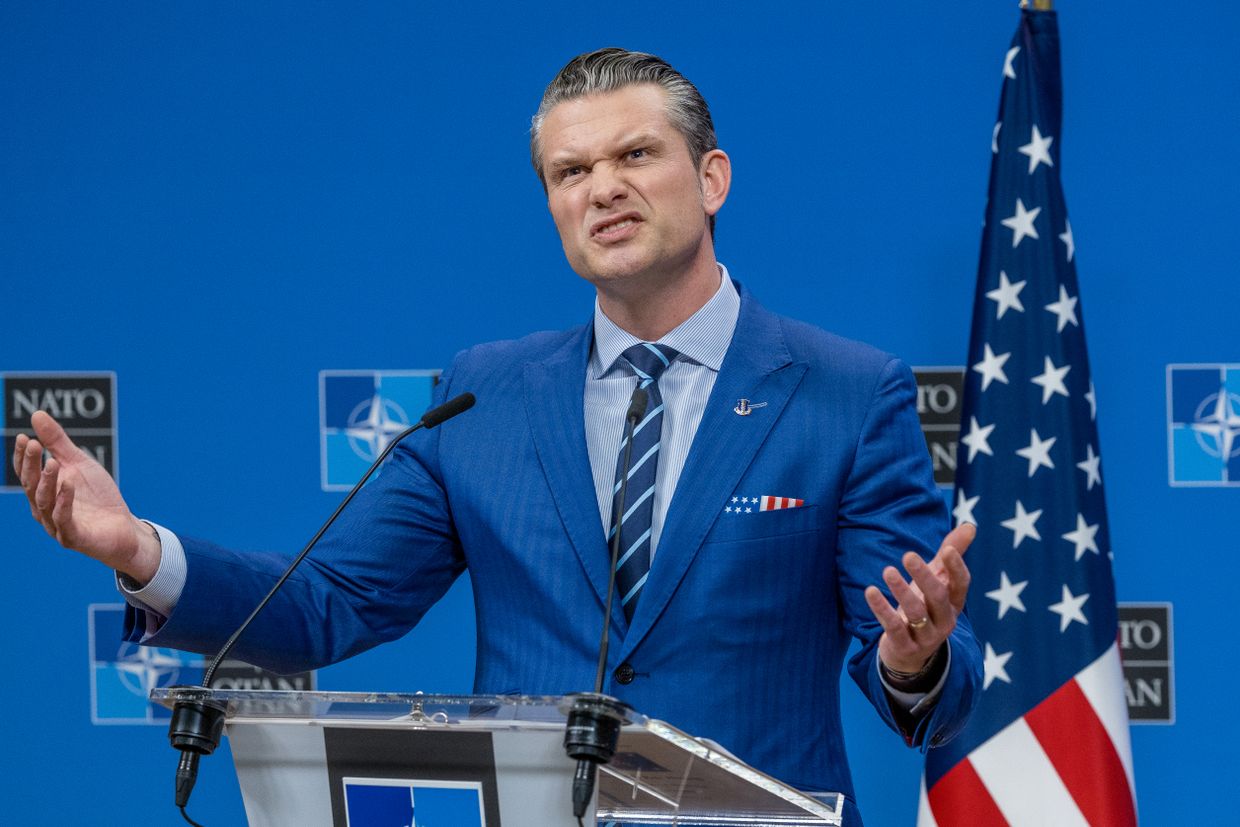
U.S. Defense Secretary Pete Hegseth unilaterally halted a weapons shipment to Ukraine on July 2 despite internal military assessments showing the aid would not compromise American military readiness, NBC News reported on July 4, citing three U.S. officials.
The pause in aid, which included critical air defense systems and ammunition, reportedly caught the State Department, members of Congress, Ukraine, and key European allies off guard.
Ukraine suffered one of the largest attacks on July 4, with President Volodymyr Zelensky calling for more air defense to protect civilians in the cities. The attack on Kyiv killed one person and injured 23 more.
A senior U.S. military review had concluded that while some munitions stockpiles, including precision weapons, were low, they had not fallen below critical thresholds, according to NBC. Despite this, Hegseth opted to stop the shipment. This is reportedly his third such move since February.
"We are not at any lower point, stockpile-wise, than we’ve been in the three-and-a-half years of the Ukraine conflict," Congressman Adam Smith the top Democrat on the House Armed Services Committee, said. Smith, who said his staff reviewed the Pentagon's figures, called the justification "disingenuous."
The shipment reportedly included dozens of Patriot interceptors, 155 mm artillery rounds, Hellfire missiles, guided missile systems (GMLRS), Stinger and AIM air-to-air missiles, and grenade launchers.
Two sources told NBC that some of the weapons had already been loaded onto trucks in Poland when the halt was ordered.
Zelensky recently called Patriot systems "real defenders of life," since Patriot missile systems are the best air defense in Ukraine's arsenal. They are considered to be the most effective measure against Russian ballistic missiles like Iskander and Kinzhal.
 The Kyiv IndependentKollen Post
The Kyiv IndependentKollen Post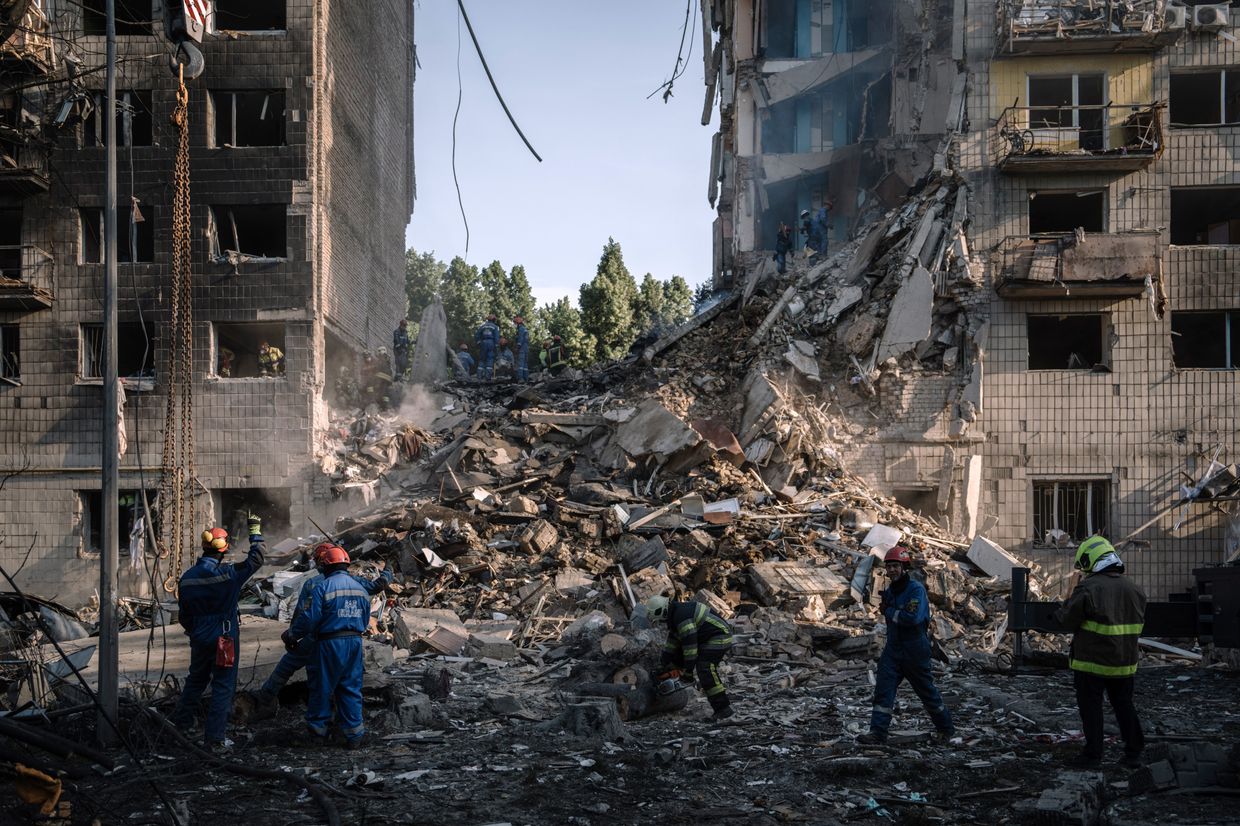
Pentagon spokesman Sean Parnell described earlier the decision as part of a broader "capability review" to ensure U.S. forces remain equipped.
The halt has initiated debate over the future of U.S. support for Ukraine.
Lawmakers from both parties, including Republican Congressman Michael McCaul, expressed frustration at the lack of advance notice. "Now is the time to show Putin we mean business," McCaul wrote on X.
Republican Congressman Joe Wilson also reacted to the halt, warning of its consequences amid Russia's ongoing strikes.
"As Americans begin to enjoy the sounds of fireworks in celebration of our Nation's Independence, war criminal (Russian President Vladimir) Putin, who is losing his pathetic war, resorts to scorched earth tactics across Ukrainian cities that predate Moscow's existence," Wilson wrote.
Wilson said he is "confident the Department of Defense will advance President Trump’s objectives stated at The Hague to send additional air defense and approved weapons to help stop this absolute depravity, as allies have and must continue doing at a rapid pace."
Republican Congressman Brian Fitzpatrick has requested an emergency White House briefing, warning the decision could cost lives.
Trump has denied that the U.S. paused shipments on July 3, contradicting both Pentagon confirmation and reporting.
"We haven't," Trump told a reporter. "We're giving weapons." He also claimed the Biden administration had "emptied out our whole country" and insisted Washington must prioritize its own defense.
 The Kyiv IndependentKateryna Hodunova
The Kyiv IndependentKateryna Hodunova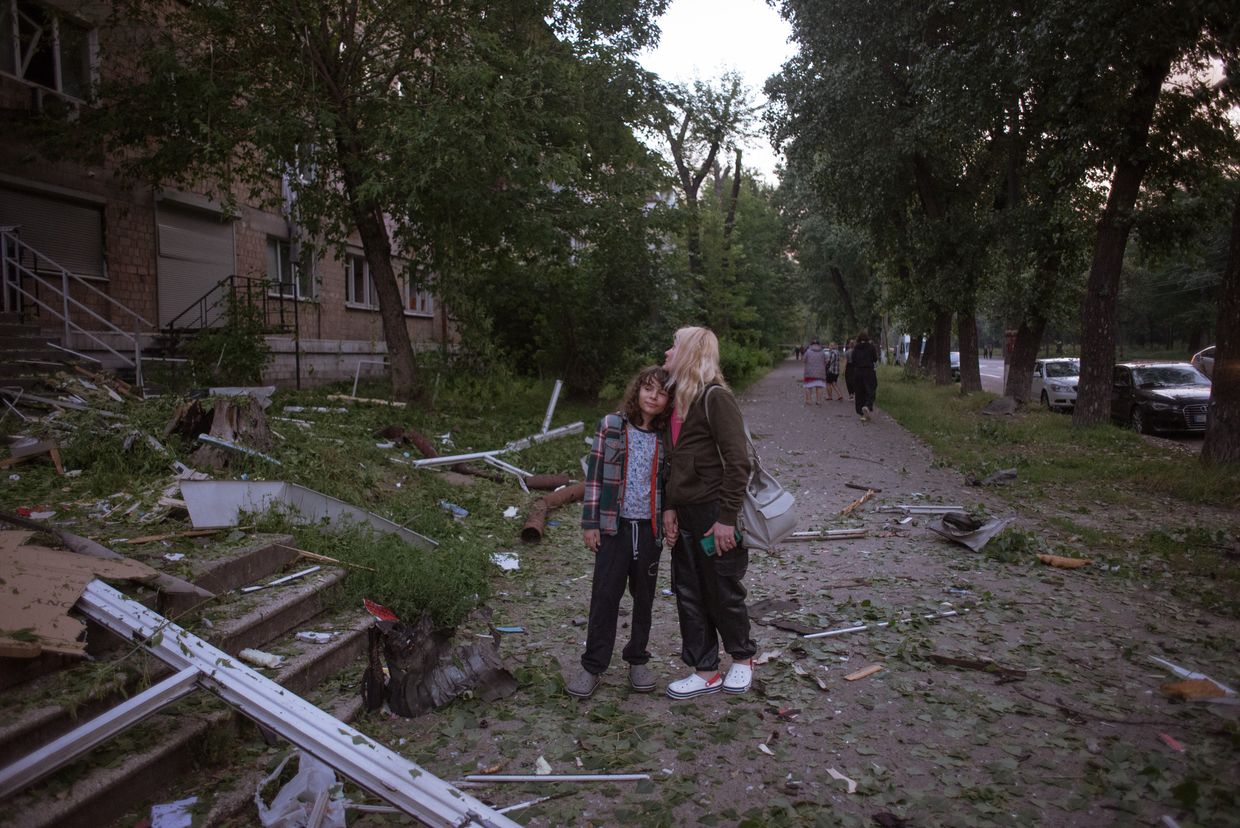

During a tense high-level meeting in Brussels, Chinese Foreign Minister Wang Yi told the EU’s foreign affairs chief Kaja Kallas that Beijing cannot allow Russia to lose in its war against Ukraine. According to several sources cited by the South China Morning Post (SCMP) on 4 July, China fears that such an outcome would allow the United States to fully pivot its attention to Beijing.
SCMP reports that during a four-hour closed-door discussion with EU officials on 2 July, Wang Yi said a Russian defeat in Ukraine was strategically unacceptable for China. This comment to Kallas — who assumed her EU role in late 2024 — echoed what many in Brussels suspected to be Beijing’s true position but contradicted China’s public statements claiming it is “not a party” to the war.
Wang rejected accusations that China is supporting Russia militarily or financially, asserting that if it had been doing so, the war would have ended already. Some EU officials saw Wang’s tone as a harsh dose of realpolitik, designed to pressure the EU to reconsider its support for Ukraine.
EU diplomats were surprised by Wang’s bluntness, especially just weeks before the scheduled summit in China on 24 and 25 July. SCMP sources said Wang hinted the summit could be shortened, a possible warning over the bloc’s ongoing stance.
On the same day, Wang also met with European Council President António Costa and European Commission President Ursula von der Leyen. According to EU sources, all three European leaders shared a unified stance across all major points.
A major point of contention remains the EU’s 18th sanctions package against Moscow, which includes plans to blacklist two small Chinese banks over violations of existing Russia sanctions. Wang reportedly vowed multiple times to retaliate if these sanctions are approved by the bloc’s 27 member states.
Beijing’s official account of the meeting with Kallas significantly downplayed tensions. According to the Chinese foreign ministry, “There is no fundamental conflict of interests between China and the EU, and they have broad common interests.” It emphasized mutual respect, learning, and cooperation, without addressing the contentious topics raised during the meeting.
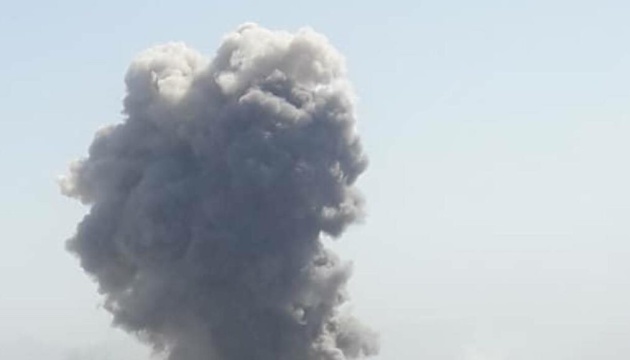

The Europeans are stepping up pleas to Trump over Ukraine while he’s ‘mocked’ by Putin. World affairs editor Sam Kiley explains how the US is no longer seen as a European ally

© AFP via Getty Images
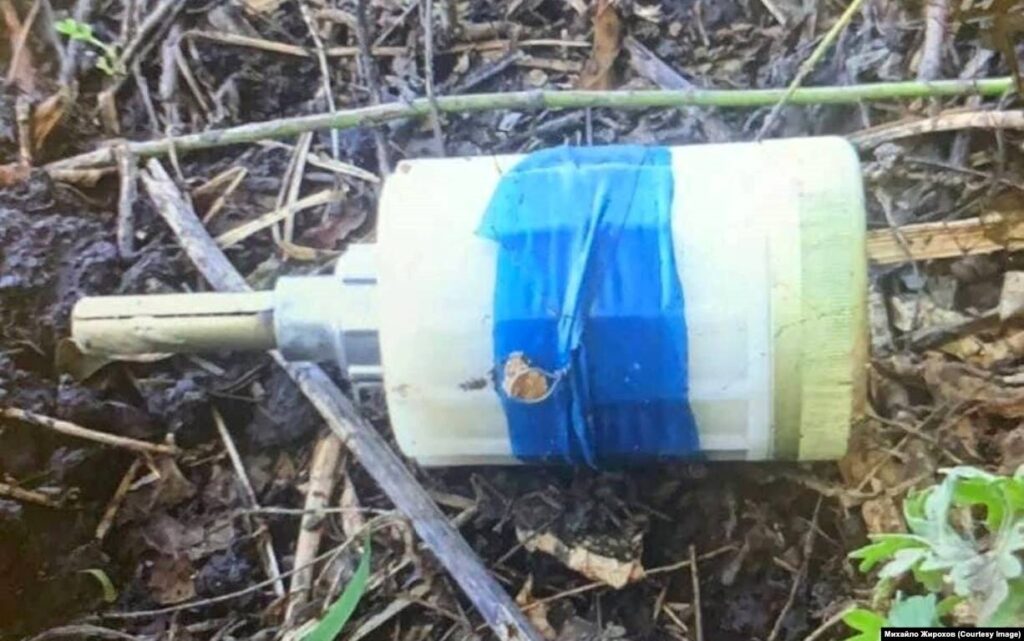
On 4 July, Dutch and German intelligence agencies have confirmed that Russia is using banned chemical weapons in Ukraine on a large scale, with drones dropping choking agents on Ukrainian positions. The revelations, based on joint investigations, show what officials describe as a systematic and intensifying pattern of illegal chemical warfare.
Reuters says Dutch and German officials jointly reported that Russia is operating a coordinated program to produce and deploy banned chemical weapons in Ukraine. The Dutch Military Intelligence and Security Service (MIVD) and Germany’s BND foreign intelligence agency confirmed gathering evidence of these violations, including Russia’s use of drones to drop choking agents—such as chloropicrin—on Ukrainian trenches to force soldiers into open fire.
According to Dutch Defense Minister Ruben Brekelmans, “we can confirm Russia is intensifying its use of chemical weapons.” He added that this trend is not isolated but part of a normalization of chemical warfare tactics by Russian forces.
The head of the Dutch MIVD, Peter Reesink, said his agency’s conclusions were based on independent investigations.
At least three Ukrainian deaths have been tied to chemical attacks, according to Brekelmans, and more than 2,500 people have reported symptoms related to chemical exposure on the battlefield, Ukrainian health authorities report.
The United States had first accused Russia of using chloropicrin in May 2024. The compound, originally used by Germany in World War One, is more toxic than riot control agents and is banned under the Chemical Weapons Convention.
According to Reesink, Russia’s chemical weapons use is no longer a matter of improvisation:
“This isn’t just some ad-hoc tinkering at the frontline; it is truly part of a large-scale program.”
Brekelmans called for increased sanctions and political pressure:
“We must further increase the pressure. This means looking at more sanctions and specifically not allowing them (Russia) to participate in international bodies like the Executive Council of the OPCW.”
The European Commission is considering adding 15 more individuals and entities to its sanctions list for suspected involvement in chemical weapons use in Ukraine.
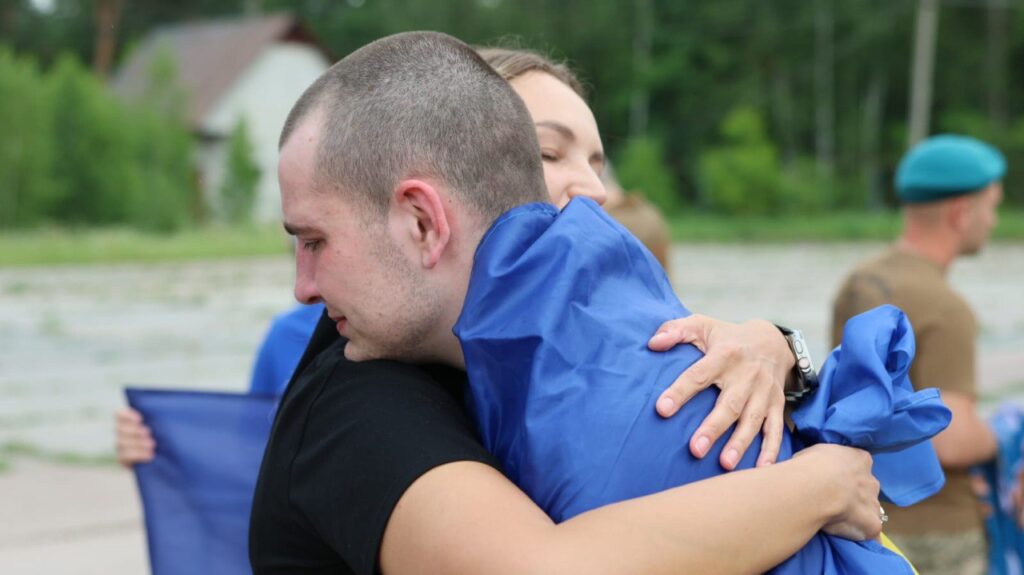
Ukraine and Russia conducted another prisoner exchange on 4 July, with both countries releasing military personnel under 25 years old, wounded and seriously ill defenders, and civilians.
How many prisoners came home this time? Ukrainian officials aren’t saying yet, but say they’ll announce the exact numbers once all exchange phases wrap up.
The released Ukrainians included some of the war’s youngest defenders—soldiers barely out of their teens alongside seasoned veterans. The youngest freed defender was just 20 years old. The oldest: 59.
Ukraine returns seriously injured and soldiers under 25 in a new prisoner exchange on 4 July.
— Euromaidan Press (@EuromaidanPress) July 4, 2025
The released include Mariupol defenders captured in 2022 during the port city's three months siege. The youngest freed defender is just 20 years old. The oldest: 59.
More than 95% of… pic.twitter.com/2PvI01QhaT
Who exactly came back? Soldiers from Ukraine’s Armed Forces, National Guard, border guards, and transport security services. But this exchange also freed civilians—people caught up in Russia’s detention system who weren’t combatants at all.
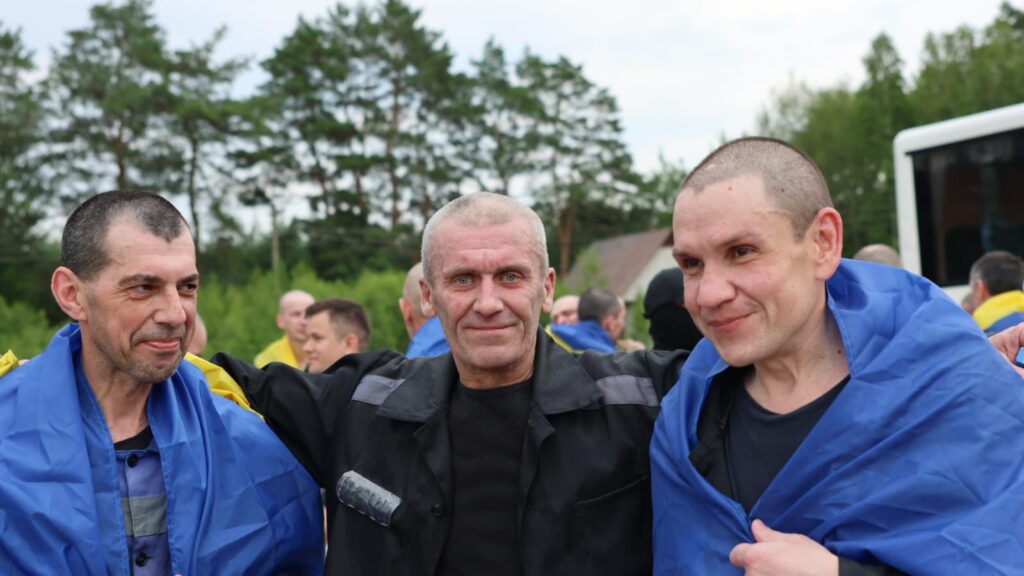
Among those walking free were defenders of Mariupol, the port city that became synonymous with Ukrainian resistance. These soldiers had been in Russian custody since 2022, when the city finally fell after months of siege.
How long had most been held? More than three years, according to the Coordination Headquarters for the Treatment of Prisoners of War. The released fighters had defended positions across Ukraine’s eastern and southern fronts—Donetsk, Kharkiv, Luhansk, and Kherson.

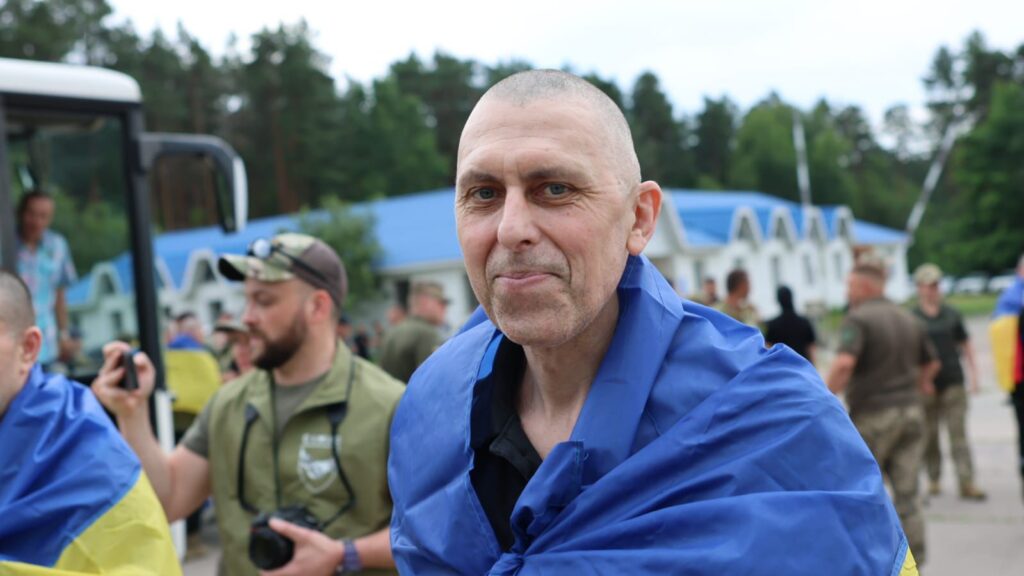


The freed Ukrainians will undergo medical screening and receive rehabilitation support, both physical and psychological. They’ll also get back pay covering their entire time in captivity.
Will the Istanbul approach continue? Both sides appear committed to the framework, which has produced more regular exchanges than previous negotiation attempts. The focus on categories rather than raw numbers seems to have broken through earlier deadlocks.

Meanwhile, President Volodymyr Zelenskyy accused Russia of weaponizing prisoner exchanges to create fake diplomatic progress that delays new sanctions and weakens US support for Ukraine.
He warns Moscow uses these swaps and prolonged talks like those in Istanbul to buy time while continuing military operations, exploiting a major sanctions loophole that lets Russia keep producing nuclear-capable “Oreshnik” intercontinental ballistic missiles through unsanctioned companies.
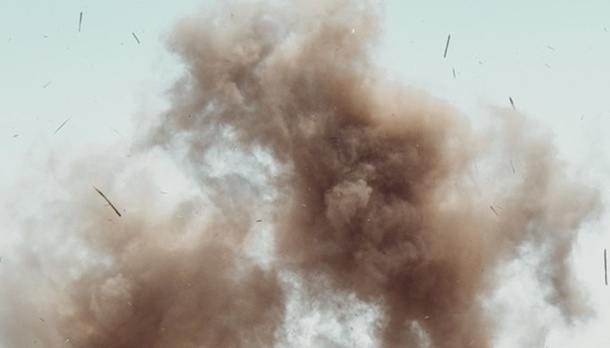
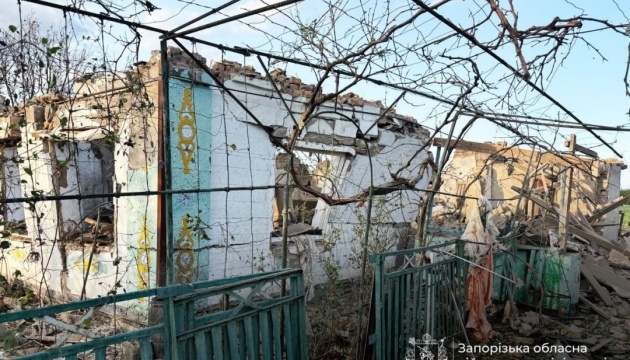

Ukrainian drones struck a critical military-linked facility in Russia’s Moscow Oblast that produces thermobaric warheads for Shahed drones, the Ukrainian General Staff reported on 4 July. The strike ignited a fire and caused visible black smoke, while Russian local authorities acknowledged drone-related damage in the area.
According to the General Staff of the Armed Forces of Ukraine, units from the Unmanned Systems Forces, together with other Defense Forces, hit the JSC “Scientific Research Institute of Applied Chemistry” in Sergiev Posad, Moscow Oblast.
The report emphasized that the facility is currently involved in the production of thermobaric warheads for Shahed-type UAVs and plays a vital role in Russia’s ongoing war against Ukraine.
“It is confirmed that our strike assets reached the target directly. A fire and heavy smoke were recorded in the area of the facility,” the Ukrainian military stated.
The effects of the strike are still being assessed, according to the report.
On the morning of 4 July, Oksana Yerokhanova, head of the Sergiev Posad city district, confirmed that drones had attacked the town. She reported that a fire broke out at an electrical substation, leaving six neighborhoods without power.Yerokhanova also reported that two men were allegedly injured during the incident.
Ukrainian Telegram channel ExileNova+ geolocated the black smoke column to Substation No. 94 “Zagorsk” (110/35/6 kV), believed to be part of the “Scientific Research Institute of Applied Chemistry.”
Additional footage shared by Exilenova+ shows Liutyi drones flying past the smoke column and striking separate locations.
Despite claiming the destruction of 48 drones overnight, the Russian Ministry of Defense did not mention any incidents in Moscow Oblast in its public statements.
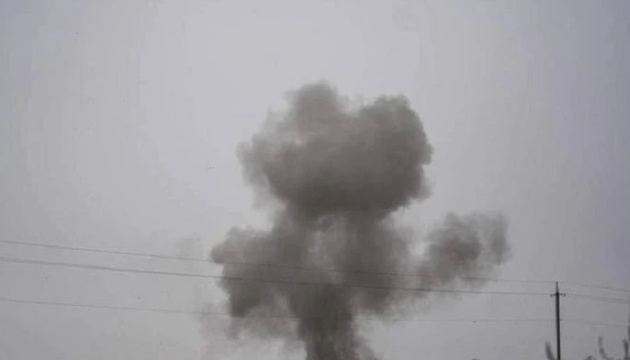
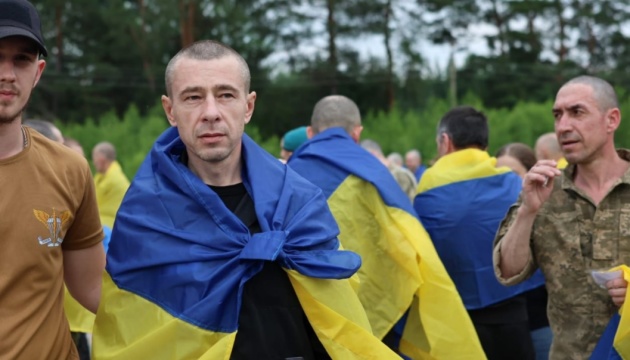
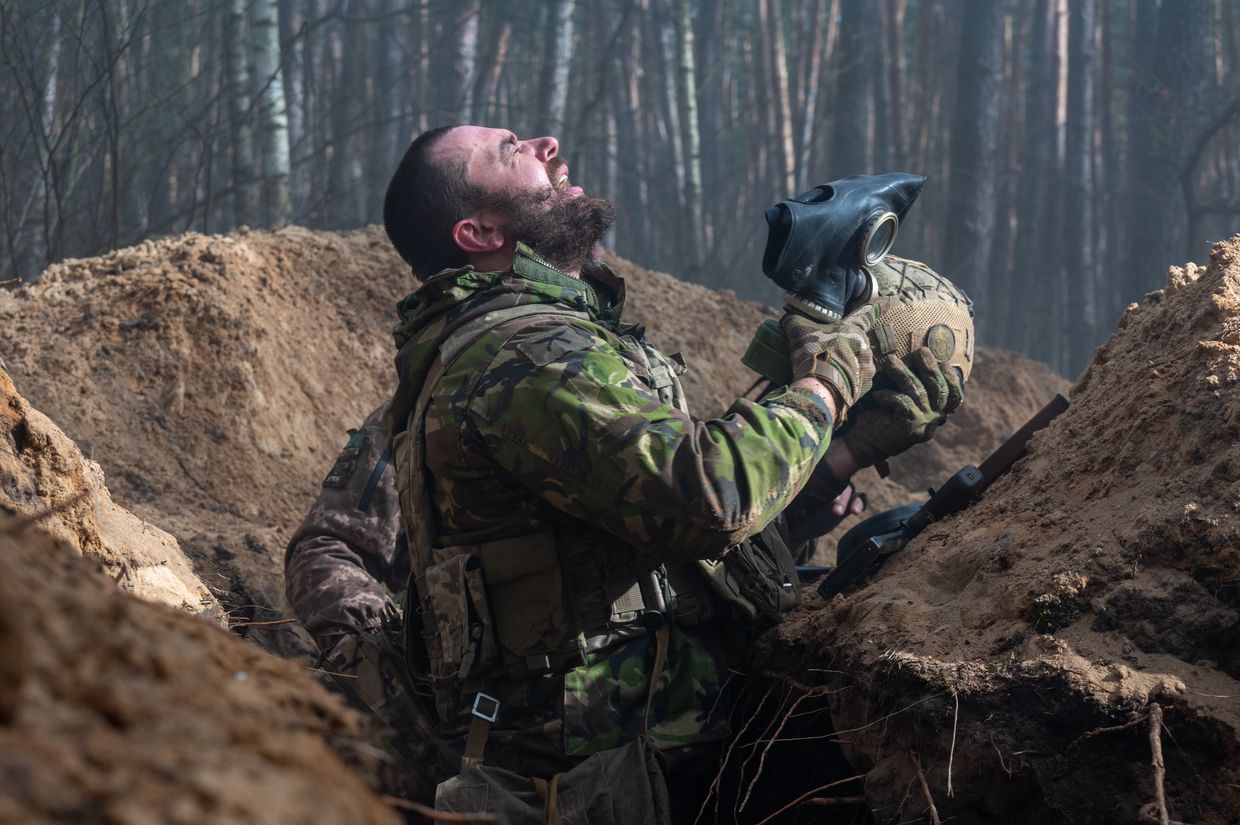
Russia is escalating the use of chemical weapons against Ukrainian forces, the Netherlands Military Intelligence (MIVD) reported on July 4.
Russian troops use banned chemical agents as psychological warfare to panic Ukrainian forces, forcing soldiers from dugouts and trenches with gas grenades dropped by drones, making them easy targets for subsequent drone or artillery attacks.
According to MIVD report, it was previously known that Russia usesd tear gas, but now intelligence has confirmed the use of chloropicrin — a substance that can kill in high concentrations in enclosed spaces.
Use of of chloropicrin, banned under international law, was discovered by the Netherlands Military Intelligence and Security Service (MIVD) and General Intelligence and Security Service (AIVD) together with the German foreign intelligence service BND.
The Kyiv Independent previously reported rising chemical attacks, but Ukraine could not accurately identify the chemical substances due to lack of equipment.
The U.S. State Department had already reported in May that Russian forces have used the chemical agent chloropicrin in Ukraine. The May 1 announcement was part of a larger statement about the introduction of new U.S. sanctions against more than 280 individuals and entities.
For now, the original statement has been removed from the U.S. State Department website.
Russia is using this type of weapon more frequently and "with ease," says MIVD Director Vice Admiral Peter Reesink.
Dutch Defense Minister Ruben Brekelmans, who announced the news to the Dutch parliament, called the situation "absolutely unacceptable," calling for "more sanctions, isolation of Russia and unwavering military support for Ukraine."
"We are making this public now because Russia's use of chemical weapons must not become normalized," Brekelmans said. "If the threshold for using this type of weapon is lowered, it is dangerous not only for Ukraine but also for the rest of Europe and the world."
Since the start of the full-scale invasion in 2022, Russia has conducted over 9,000 chemical attacks. At least three Ukrainian soldiers have died directly from exposure to toxic substances, according to Ukraine's Ministry of Defense.
Dutch intelligence has established that Russian military leadership actively facilitates chemical attacks, and the use of banned substances has become standard practice for Russian forces.
Moscow is also increasing investments in chemical weapons programs, expanding research and recruiting new scientists, MIVD and AIVD observe.
The U.S. has accused Russia of deploying chloropicrin, often used in agriculture and widely weaponized as a “vomiting agent” during World War I.
 The Kyiv IndependentAnna Fratsyvir
The Kyiv IndependentAnna Fratsyvir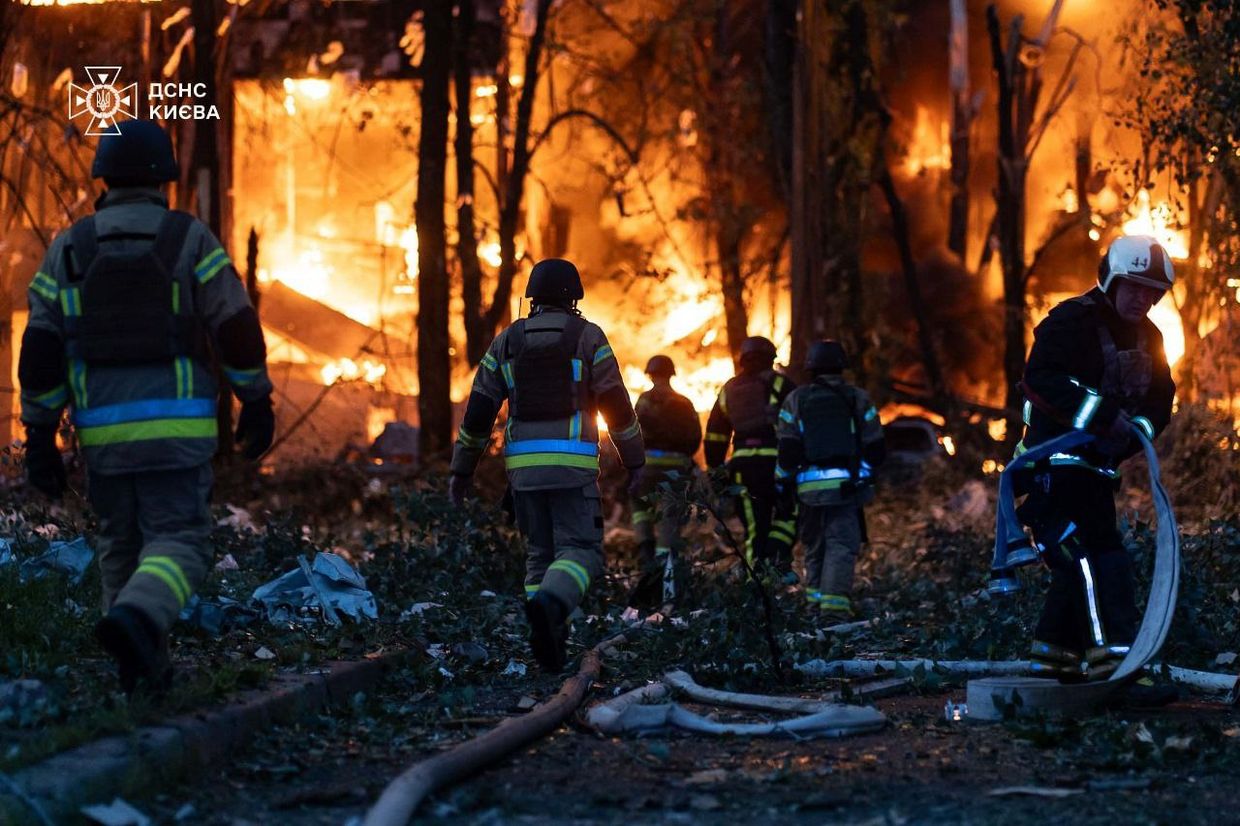
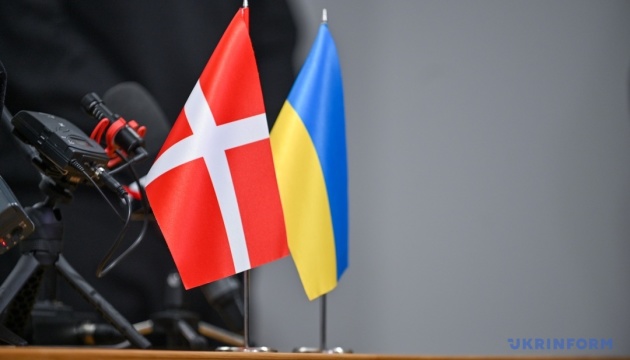

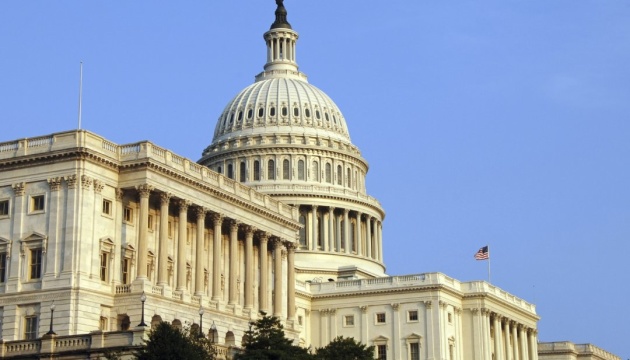
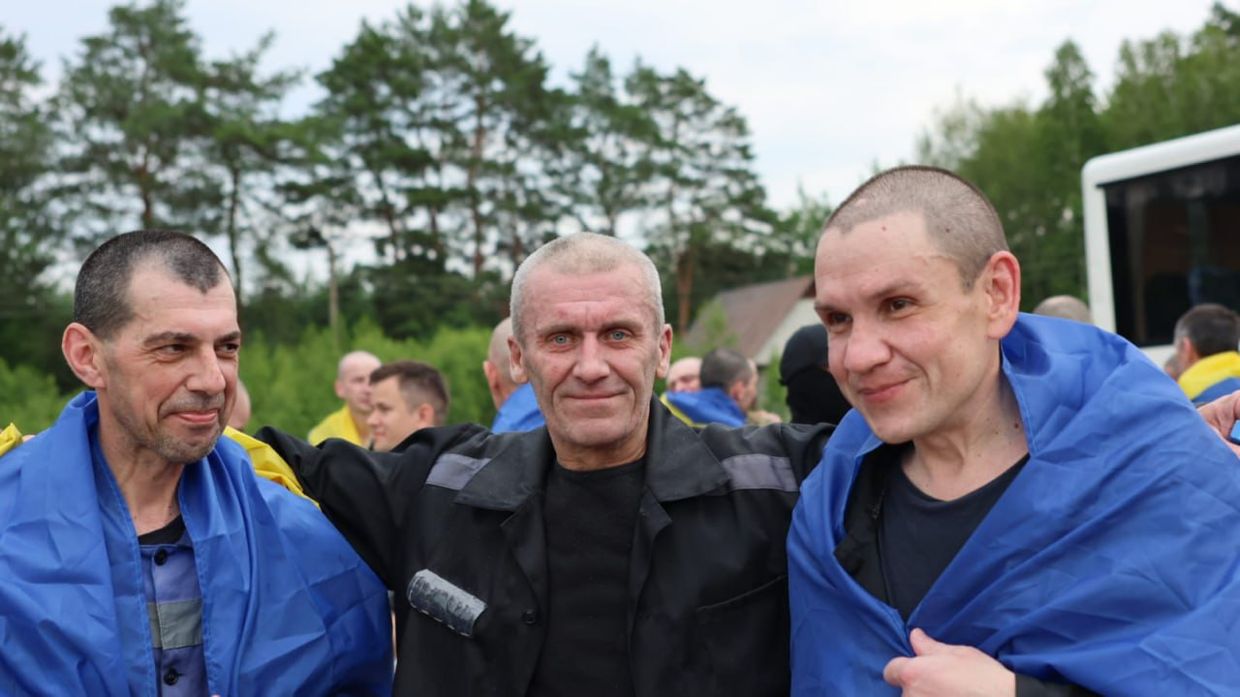
Editor's note: This is a developing story and is being updated.
A new prisoner of war (POW) exchange with Russia has taken place, bringing home another group of Ukrainian defenders held in Russian captivity, many since 2022, President Volodymyr Zelensky confirmed on July 4.
"Our people are home. Most of them had been in Russian captivity since 2022," Zelensky said in a statement.
According to Ukraine's Land Forces, the group includes prisoners categorized as "wounded and seriously ill," those "under the age of 25," and civilians.
The Coordination Headquarters for Prisoners of War confirmed that this latest exchange was carried out under President Zelensky's directive, and included defenders of Mariupol held since 2022, as well as civilians who had been illegally sentenced or deprived of liberty.
"Today, our defenders are returning, those who fought for Ukraine in various regions: Donetsk, Mariupol, Luhansk, Kharkiv, Kherson. These are soldiers of the Armed Forces, the National Guard, the State Border Guard Service, the State Special Transport Service, and also civilians," Zelesnky said.
"Ukraine's goal is to free all our people from Russian captivity."
The exchange follows five swaps that occurred in June under the Istanbul deal reached between Ukraine and Russia on June 2. The agreement provided for the regular release of severely ill and wounded POWs from both sides, as well as the repatriation of the bodies of fallen soldiers.
Previous swaps have brought home service members from the Armed Forces, National Guard, and State Border Guard Service, many of whom were captured in 2022 during the Russian invasion.
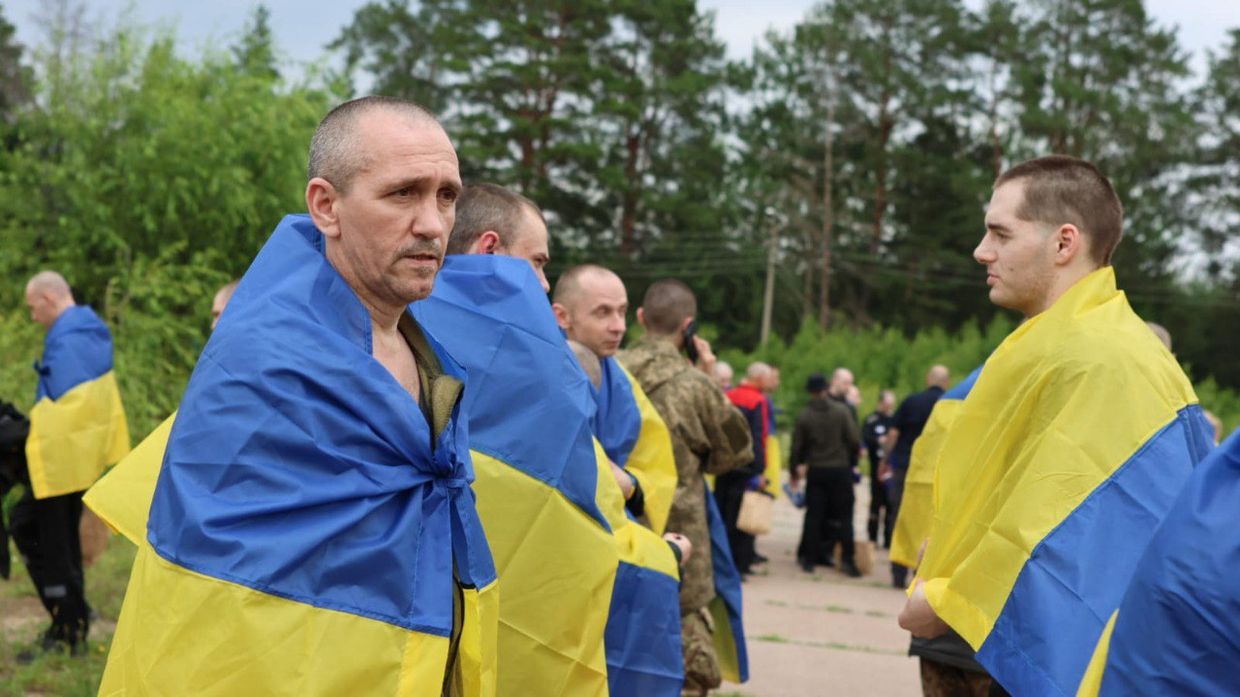

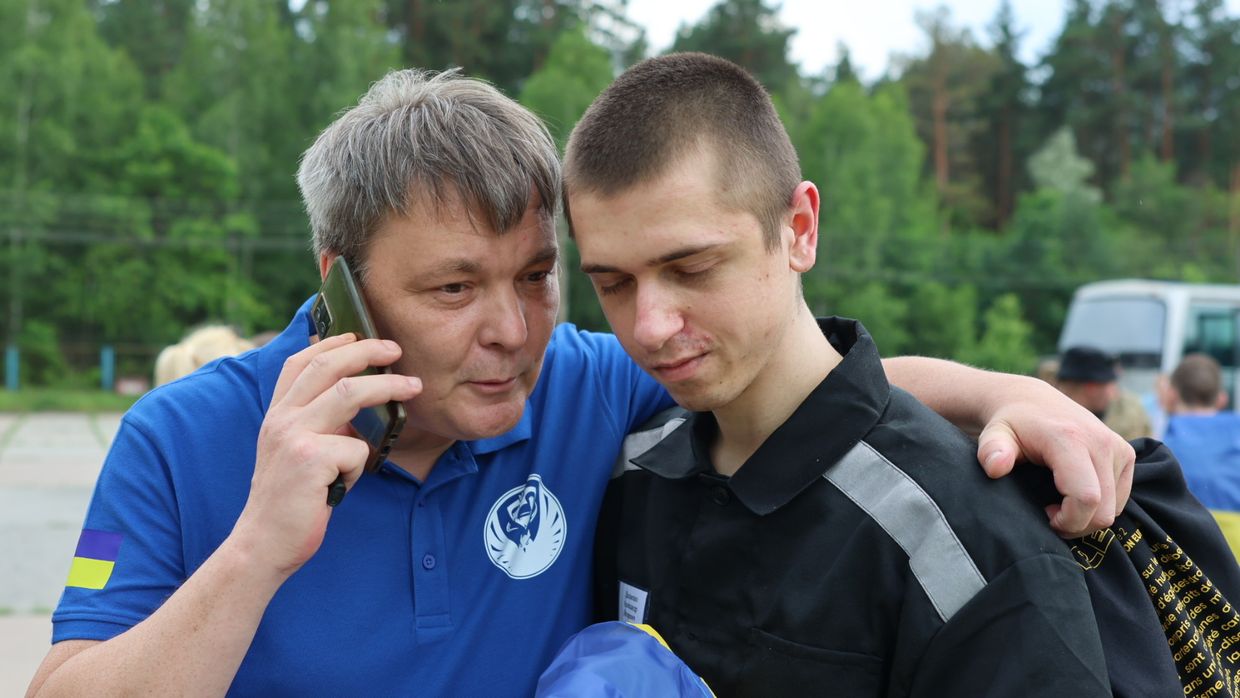

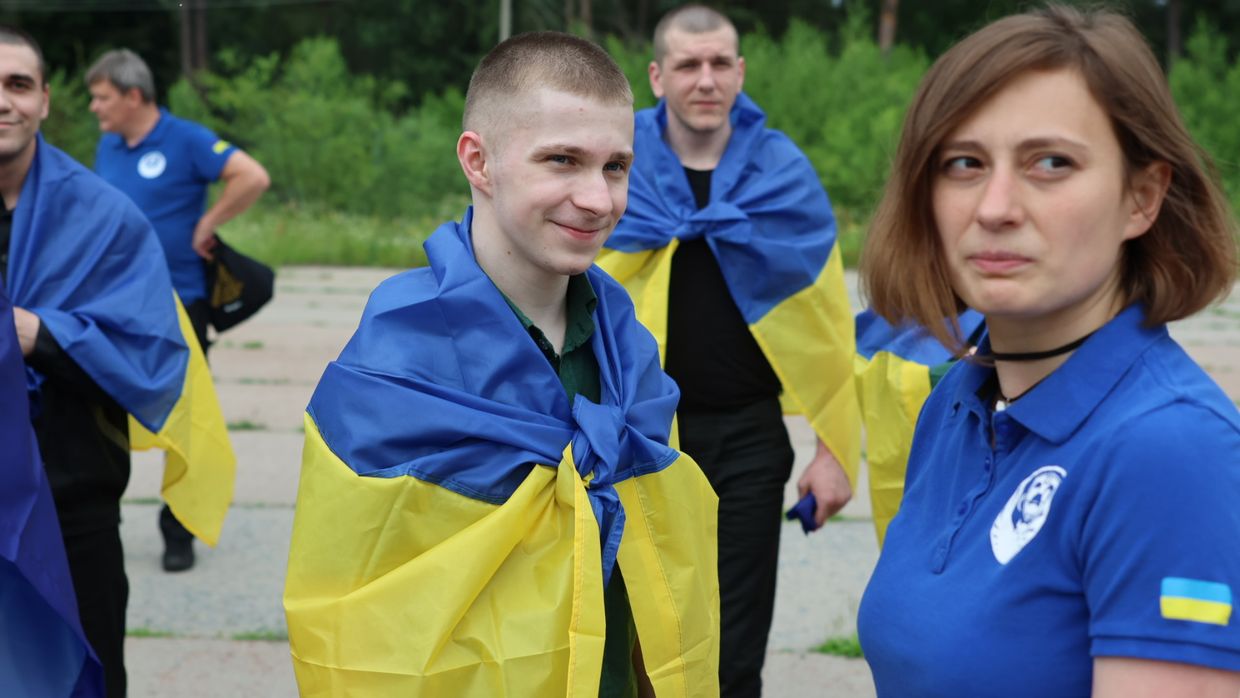

"Exchanges must continue, and I thank everyone who makes this possible," Zelensky said. "Ukraine's goal is to free all our people from Russian captivity. I thank everyone who helps make that happen."
Russia's Defense Ministry confirmed the exchange on July 4, without disclosing the number of soldiers returned.
Previous exchanges have focused on individuals with serious medical needs resulting from injuries and harsh conditions in captivity. Some previously released prisoners had defended Mariupol during the 2022 siege, while others fought in regions including Donetsk, Luhansk, Kherson, and Kyiv oblasts.
The Istanbul agreement followed months of stalled negotiations and was hailed as a humanitarian breakthrough despite the lack of broader political progress.
As part of the deal, Moscow pledged to return the remains of up to 6,000 Ukrainian service members and civilians. Ukrainian authorities say Russia has already transferred over 6,000 bodies in recent weeks.
Ukraine continues to advocate for a full-scale "all-for-all" exchange, a proposal that Russia has so far rejected. Still, both sides have carried out smaller, phased swaps, sometimes multiple in a single week.
 The Kyiv IndependentDaria Shulzhenko
The Kyiv IndependentDaria Shulzhenko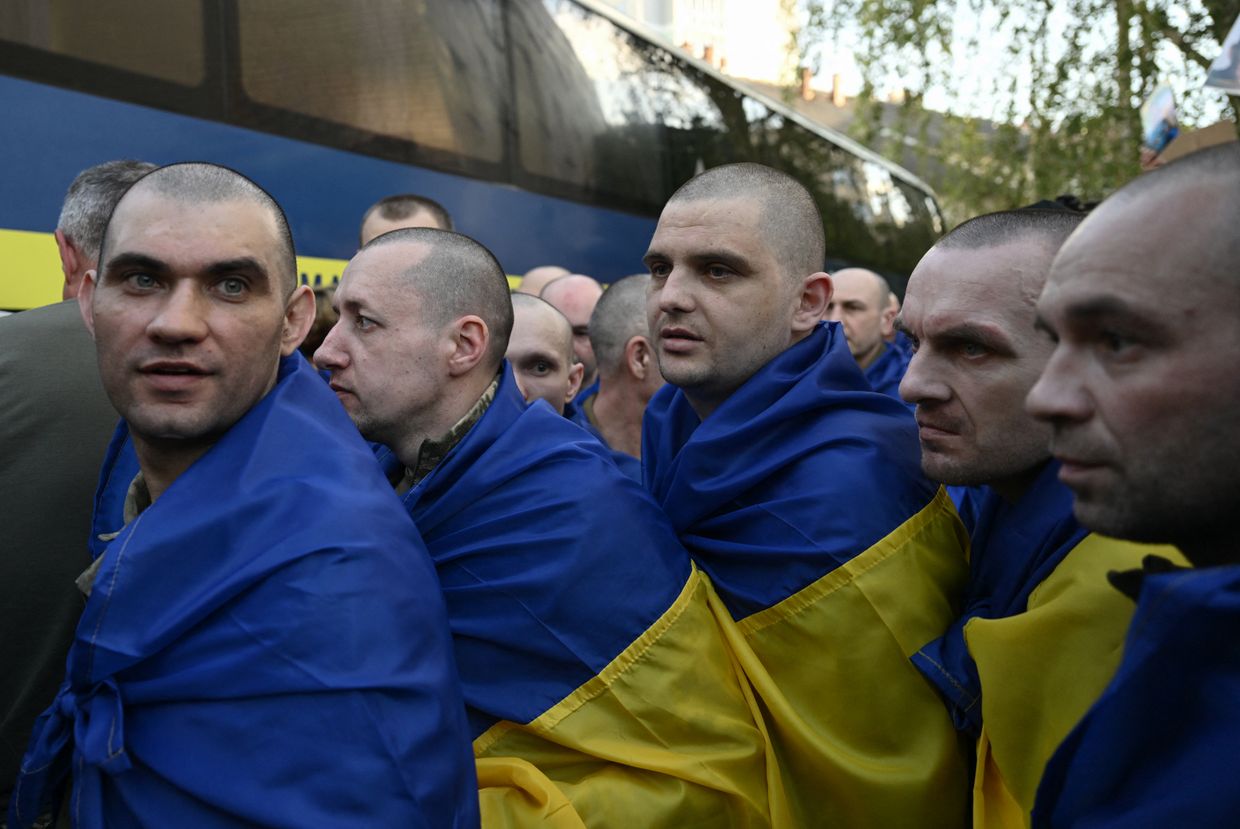
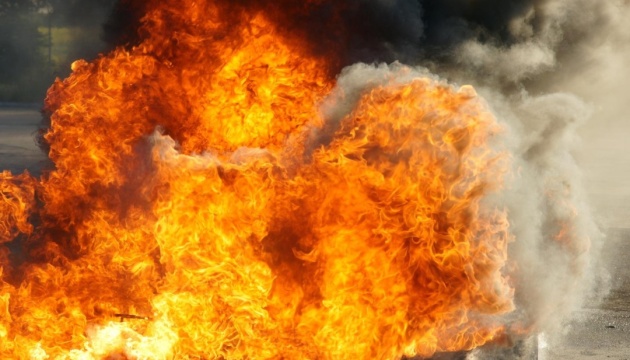
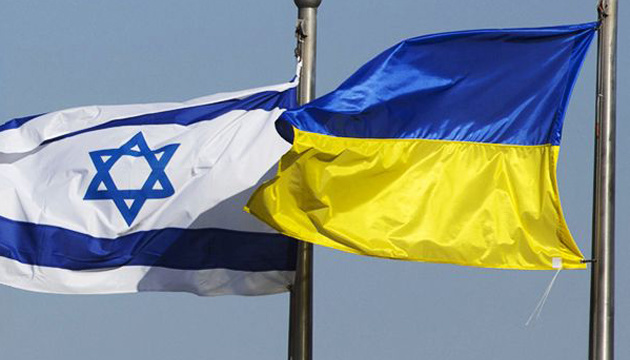

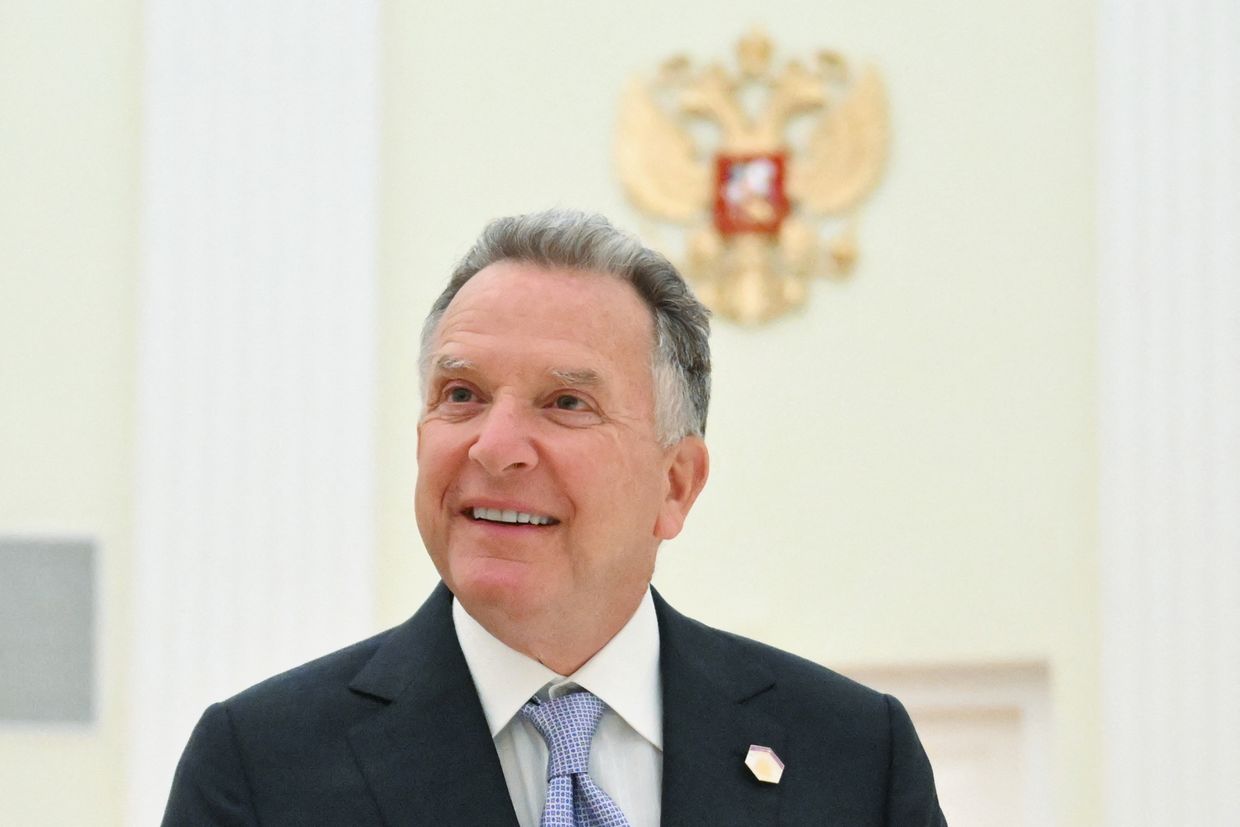
U.S. President Donald Trump's Special Envoy Steve Witkoff is pushing to lift U.S. energy sanctions on Russia, Politico reported on July 4, citing two people familiar with the matter.
The move is part of a broader debate within Trump's administration over how to engage with Moscow amid the ongoing war in Ukraine.
While Witkoff is reportedly advocating for the easing of energy sanctions, others in the administration disagree. Interior Secretary Doug Burgum favors reducing U.S. reliance on Russian imports rather than expanding trade, according to Politico.
Despite pledging during his campaign to end the war in Ukraine in "24 hours," Trump has made little progress on securing a ceasefire. After nearly seven months of his presidency, and several peace talks between Russia, Ukraine, and the United States, no ceasefire agreement has been reached.
Moscow continues intensifying its attacks against Ukrainian cities. Russia launched one of the largest aerial attacks on Ukraine on July 4, hours after Russian President Vladimir Putin had a phone conversation with Trump.
When journalists asked if he had made any progress with Putin on the call, Trump responded: "No, I didn't make any progress with him today at all."
Europe's energy sector is a central issue in the debate. According to Politico, Moscow is in early talks with Washington about potentially restarting the Nord Stream pipeline project, with backing from U.S. investors. The development has sparked concern in Brussels.
One senior EU official reportedly warned that Trump and Putin appear to be aiming to "divide the European energy market and create (separate) spheres of influence."
Witkoff, a real estate developer-turned-envoy, has raised eyebrows in Washington and abroad over his handling of high-level talks with Russia. As reported by NBC News in May, he has relied on Kremlin-provided translators during multiple meetings with Putin, including a visit to Moscow on April 26, just a day after a Russian missile attack killed 12 people in Kyiv.
Trump's administration has so far refrained from imposing new sanctions against Russia, even as Putin continues to reject calls for a ceasefire.
 The Kyiv IndependentThe Kyiv Independent news desk
The Kyiv IndependentThe Kyiv Independent news desk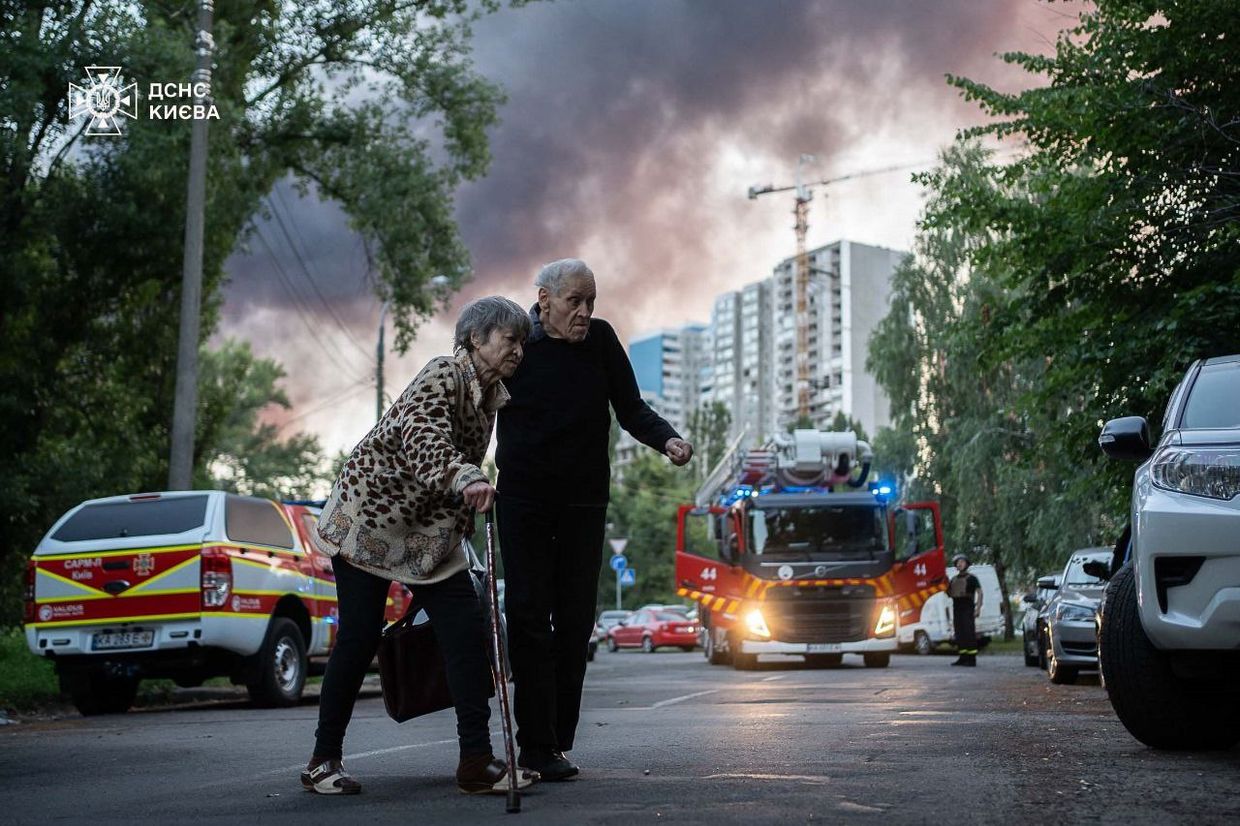
Moscow is accused of using deadly choking agent chloropicrin to flush Kyiv’s troops out of trenches

© Reuters
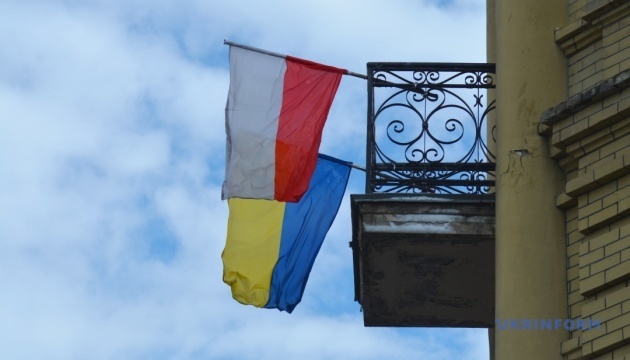
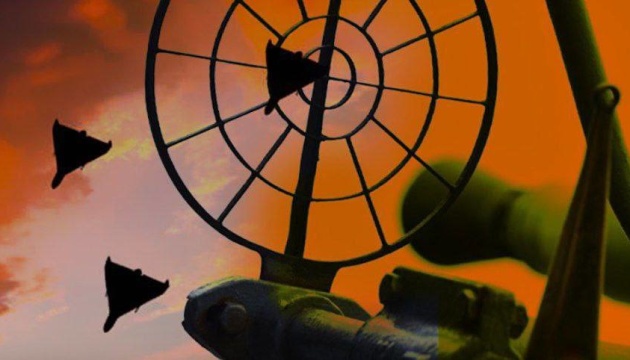
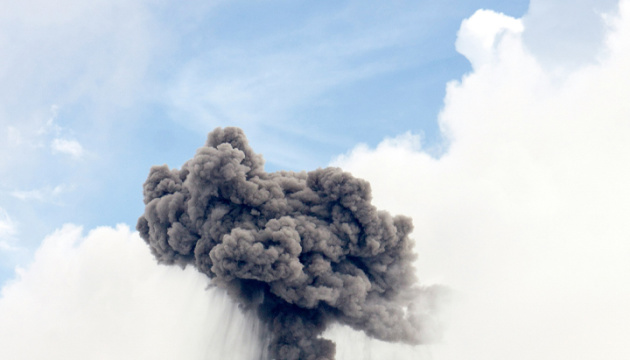

Life for children in Ukraine has become increasingly dangerous and deadly, according to the latest U.N. figures, which show a threefold jump in the number of deaths and injuries among children over the three months ending in May.
From March through May, 222 children were killed or injured, compared to 73 in the preceding three months, according to a press release from the U.N. Humanitarian Aid Organization for Children (UNICEF) on July 4.
The statement noted that "the ongoing use of explosive weapons in populated areas has been particularly deadly and destructive."
"There is no respite from the war for children across Ukraine," UNICEF Regional Director for Europe and Central Asia, Regina De Dominicis, said. "The situation for children is at a critical juncture, as intense attacks continue to not only destroy lives but disrupt every aspect of childhood."
In April alone, UNICEF noted, 97 children were killed or maimed, which was the highest figure that the U.N. has been able to verify since June 2022. Among the attacks in April was a strike on a playground in Kryvyi Rih, which killed nine children.
Recent months have seen some of the war's deadliest attacks on civilians, as Russia steps up its aerial strikes on civilian areas and launches record numbers of drones. Russia has dramatically increased its production of these weapons and is now capable of launching in a single night as many drones as it did over an entire month in early summer 2024.
At the same time, the U.S has halted a shipment of weapons that includes air defense missiles, which Ukraine critically needs to defend itself from Russia's attacks.
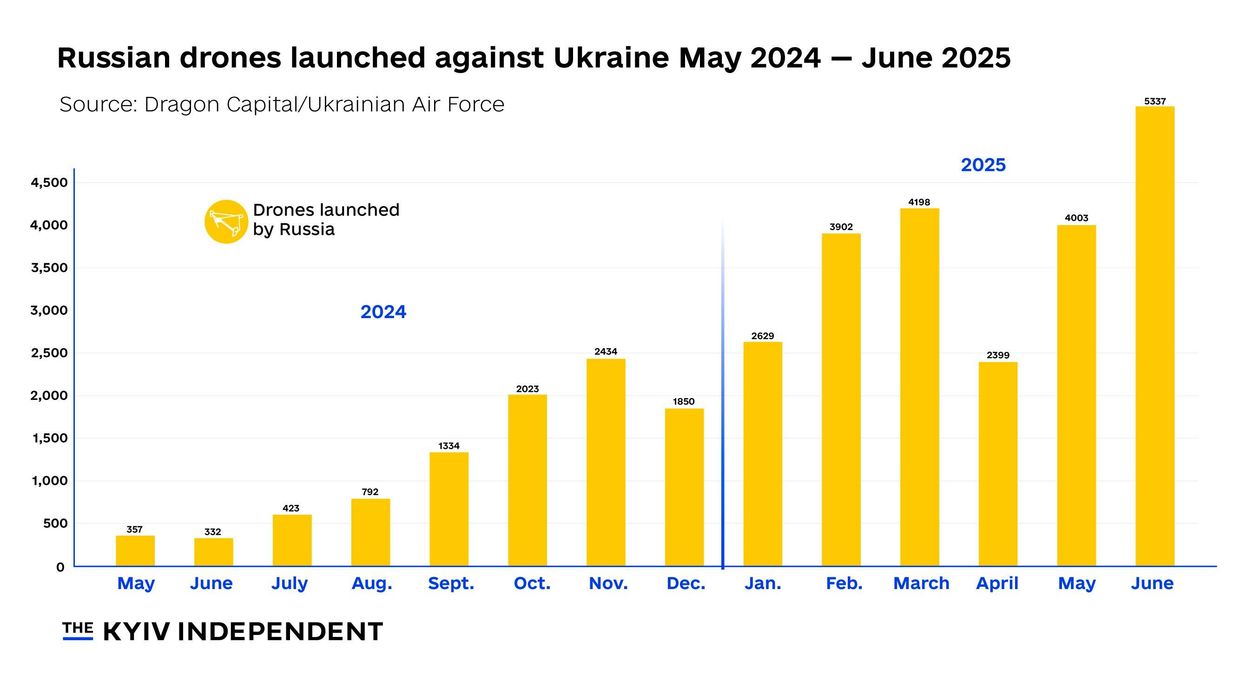
 The Kyiv IndependentThe Kyiv Independent news desk
The Kyiv IndependentThe Kyiv Independent news desk

In the early hours of 4 July, Russia launched one of its largest air assaults of the war, targeting Kyiv with an unprecedented wave of 550 air attack assets—explosive drones and missiles—mere hours after a phone call between Presidents Donald Trump and Vladimir Putin. The Ukrainian capital and surrounding oblasts faced explosions, fires, widespread damage, one death and at least 26 injuries. Russian drones also injured two men in Kryvyi Rih, Dnipropetrovsk Oblast.
According to Ukrainian President Volodymyr Zelenskyy, the Russian strike coincided with news reports of the Trump-Putin phone conversation.
“The first air raid alerts in our cities and oblasts began yesterday almost simultaneously with media coverage of President Trump’s phone call with Putin,” Zelenskyy said in a 9:40 statement. He described the strike as “one of the most massive air attacks,” calling it “demonstratively significant and cynical.”
The Air Force later reported that the aerial assault began at 18:00 on 3 July and lasted through the night, and provided more details on the aerial weapons used in the assault. According to the military, Russia’s “main strike direction” was Kyiv.

After his almost one-hour-long phone conversation with Putin yesterday, Trump said early today that he’s “very disappointed”.
“I’m very disappointed with the conversation I had today with President Putin, because I don’t think he’s there, and I’m very disappointed,” Trump said, according to Reuters. “I’m just saying I don’t think he’s looking to stop, and that’s too bad.”
Right after the phone call yesterday, Trump said he was not successful in his peace efforts with Putin:
“I didn’t make any progress with him at all,” he told reporters.
To justify the suspension of weapons to Ukraine – including vital interceptor missiles – Trump claimed the US is still sending weapons, and simultaneously blamed the Biden administration.
“We’re giving weapons, but we’ve given so many weapons. But we are giving weapons,” he said. “And we’re working with them and trying to help them, but we haven’t (completely stopped). You know, Biden emptied out our whole country giving them weapons, and we have to make sure that we have enough for ourselves.”
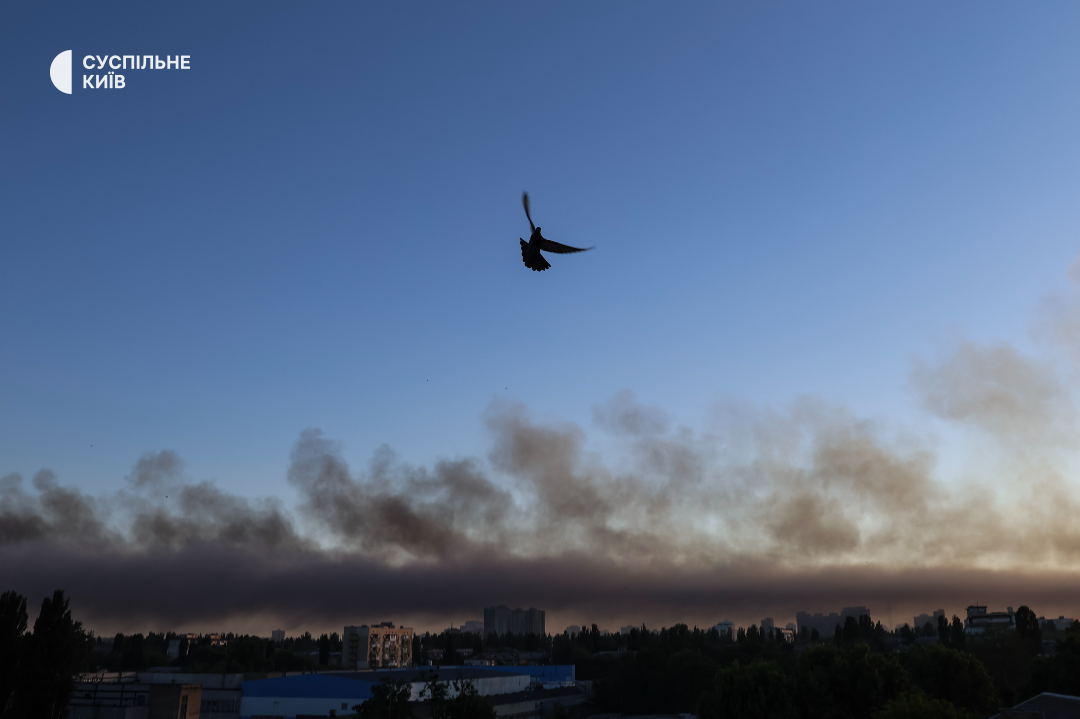
In his morning statement, Zelenskyy emphasized the need for sustained US aid, particularly missile defense systems like the Patriot.
“These are real protectors of life,” he said.
He urged for “massive pressure” on Russia in the form of sanctions and economic strikes.
“Russia shows it’s not going to stop its war and terror,” he warned.
Ukraine’s Air Force confirmed on 4 July that Russia had used a total of 550 air attack means, primarily aimed at Kyiv. These included:
The Air Force reported 478 air threats neutralized:
“Confirmed enemy air attack impacts at 8 locations (9 missiles and 63 UAVs), along with debris from downed [munitions] falling at 33 locations,” the report reads.
The attack began in the evening of 3 July, with the first air raid alert in Kyiv issued at 17:16, according to Suspilne. This initial alert was followed by repeated alarms throughout the night. Kyiv Mayor Vitaliy Klitschko confirmed explosions on the capital’s left bank and multiple emergency responses in districts including Obolonskyi and Solomianskyi.
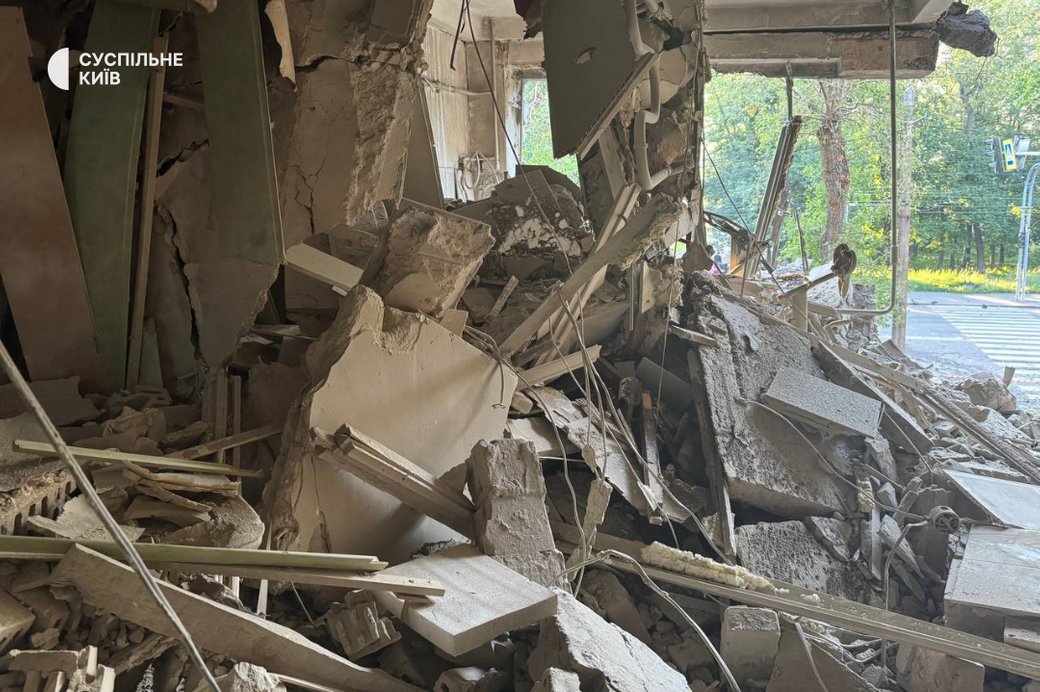
Shortly after 20:00, a renewed air raid alert was declared across the city as authorities warned of incoming drone attacks. Around 21:00, explosions were reported in several areas of Kyiv. In Obolonskyi district, debris from a downed drone fell on the roof of a residential building.
By late evening, the capital faced a new wave of more intense attacks. Around midnight, another series of loud explosions rocked various neighborhoods. Fires broke out in Solomianskyi district, where drone fragments struck residential buildings. In Darnytskyi, debris fell in open areas, some without detonation or fires, though multiple impact points were recorded.
Damage across the capital was extensive. The Kyiv City Military Administration reported that more than 30 apartment buildings had been affected, along with five educational institutions, a detached house, retail locations, a garage cooperative, and several vehicles. Fires also broke out in non-residential areas, and five ambulances responding to emergency calls were damaged.

In Kyiv Oblast, the attack continued throughout the night. In Bucha district, windows were shattered in a four-story residential building and a private house. In Fastiv district, the State Emergency Service reported fires at a high-rise building and seven private garages. Authorities documented the effects of the attack at 11 separate sites across five oblast districts.
Fires were reported in multiple neighborhoods, and officials noted elevated levels of combustion products in the air. By 03:50, eight people had been injured. That number rose rapidly in the following hours.
Update 13:00: The number of injured in Russia’s overnight attack on Kyiv rose to 26, including a 10-year-old girl with a leg injury, the Kyiv City Prosecutor’s Office reported. Kyiv city endured two air raid alerts with a short pause in between, lasting over 12 hours in total.
Five ambulances were damaged during the Russian attack while responding to emergency calls in Kyiv. According to Mayor Vitaliy Klitschko, the vehicles were struck as they attempted to reach injured civilians. No medics were reported wounded.
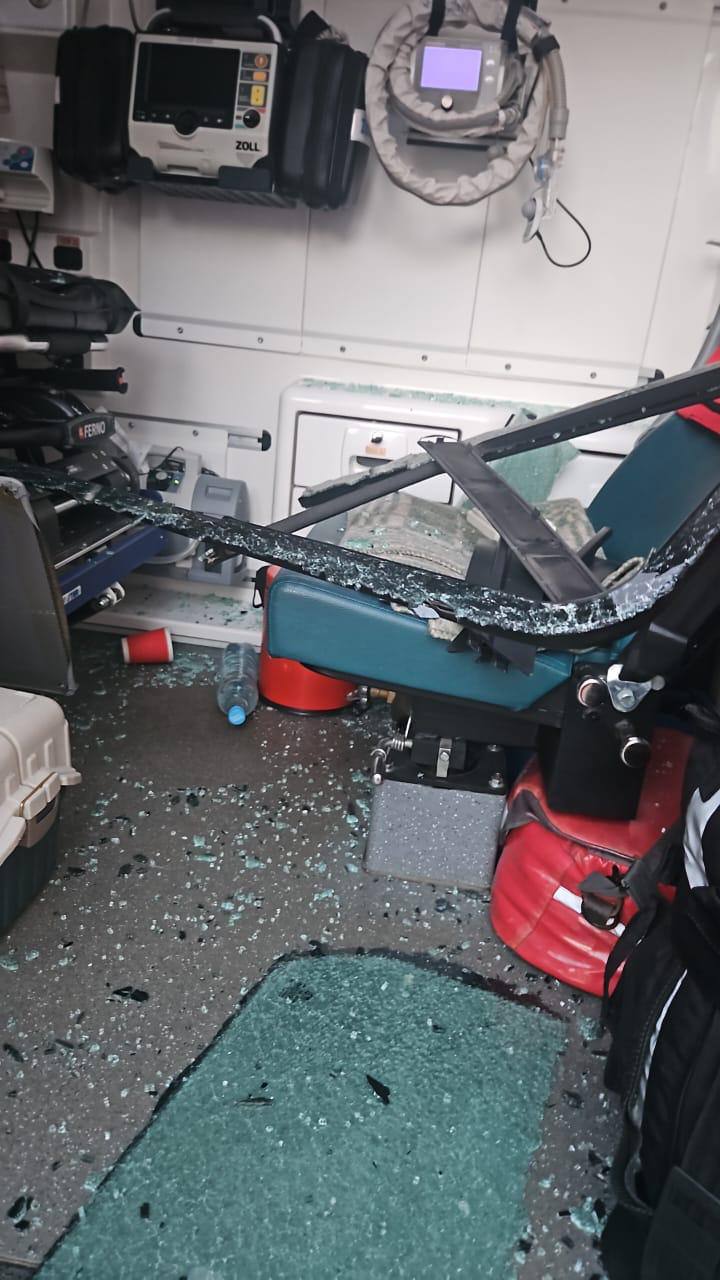
The attack also impacted the city’s railway infrastructure. Ukrzaliznytsia reported damage caused by falling debris, forcing passenger trains heading west to take alternate routes, resulting in delays of up to two hours.
Russian drones injured two men in Kryvyi Rih, the Dnipropetrovsk Oblast Military Administration reported.
